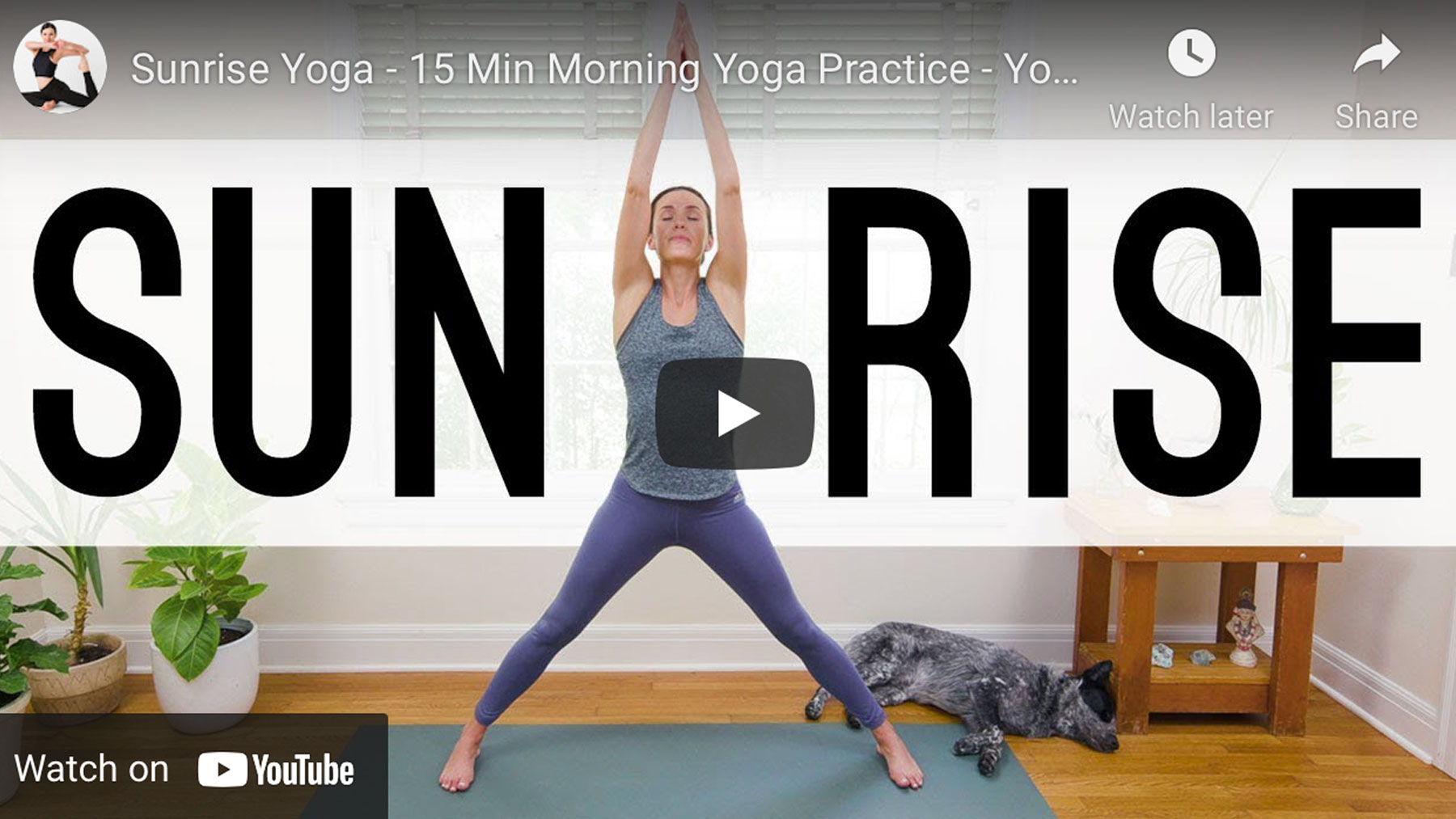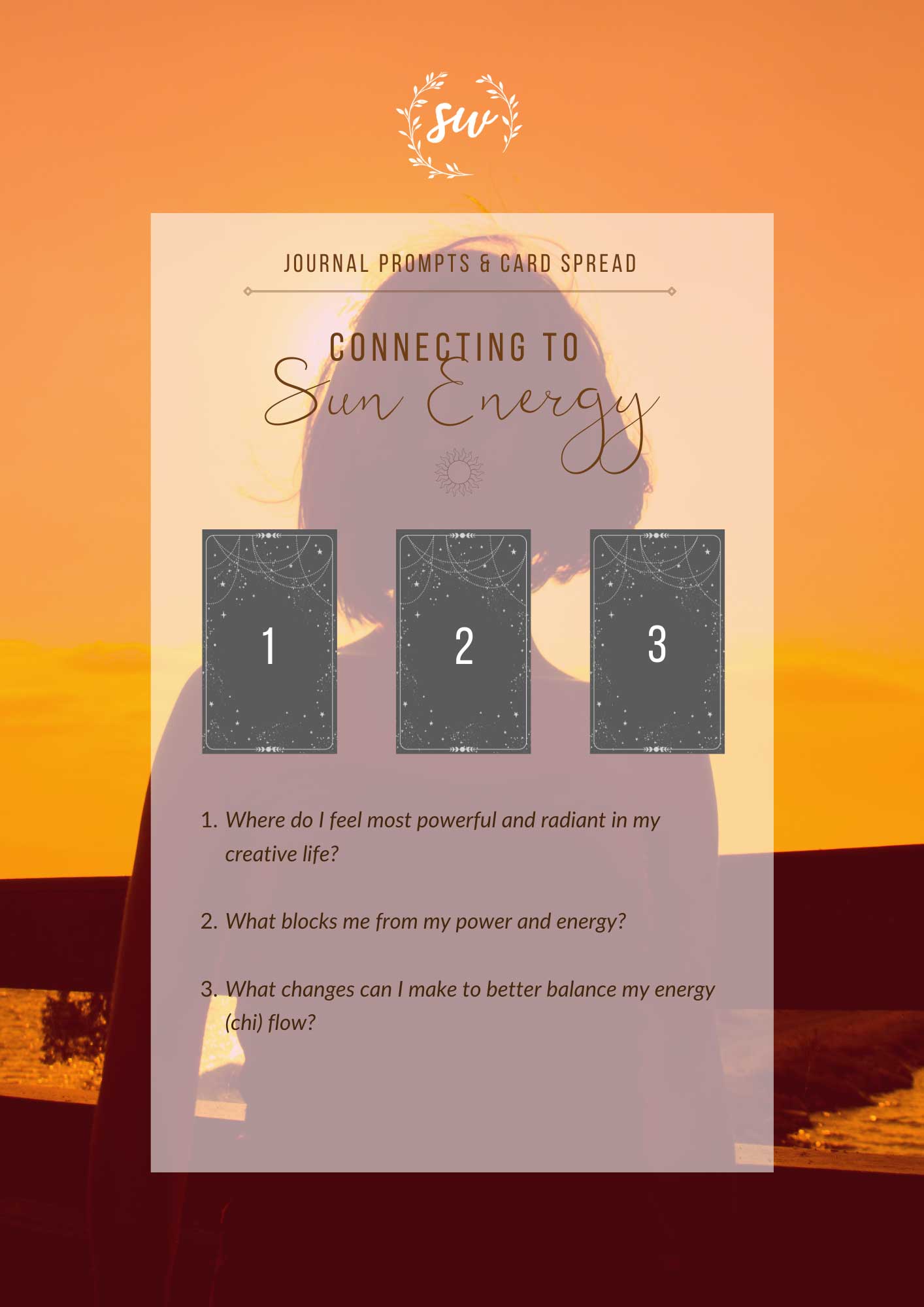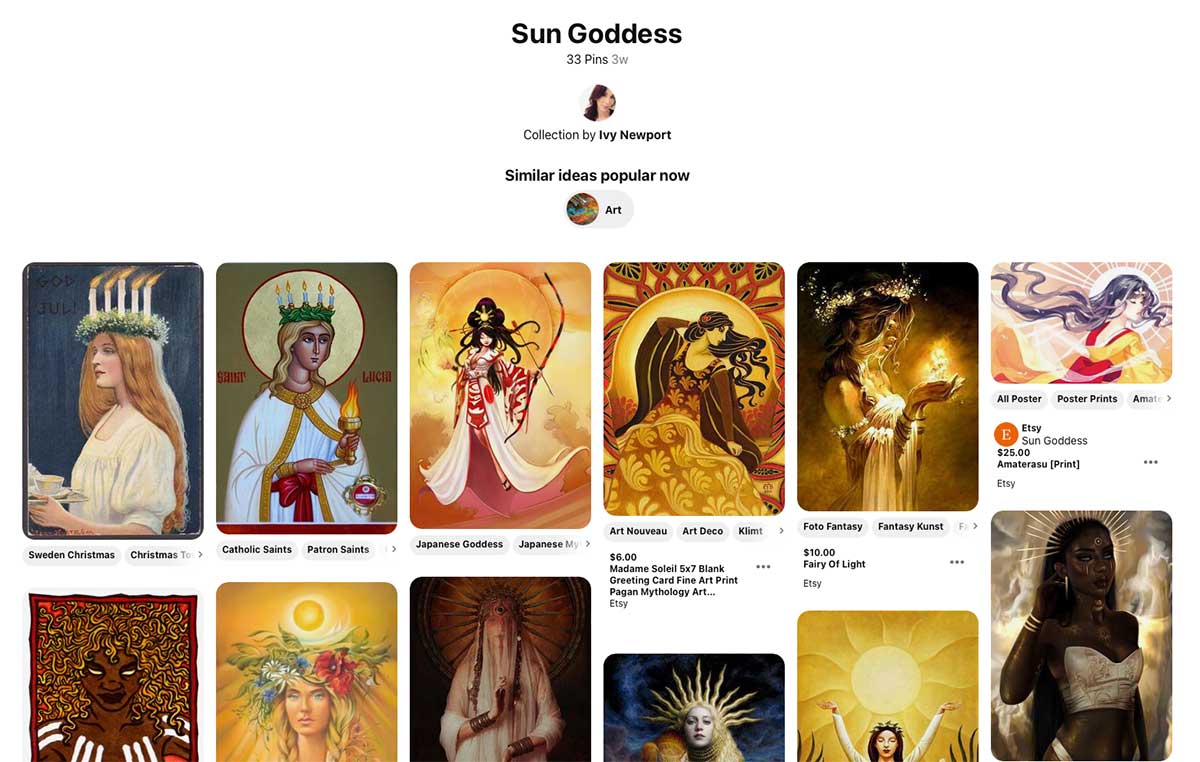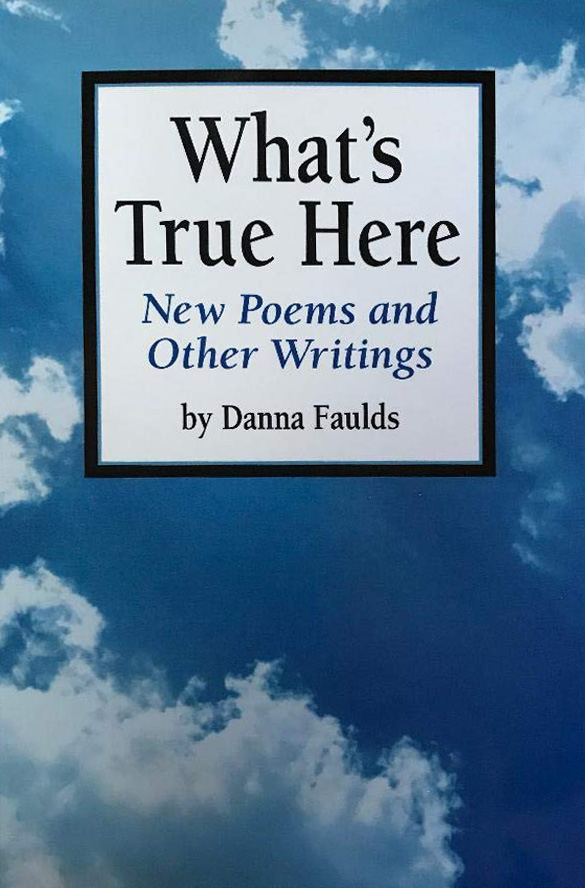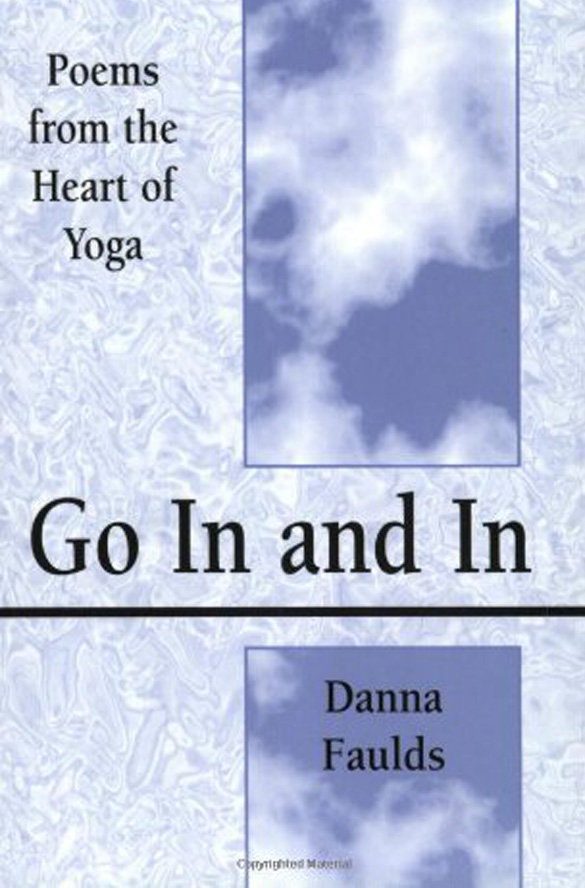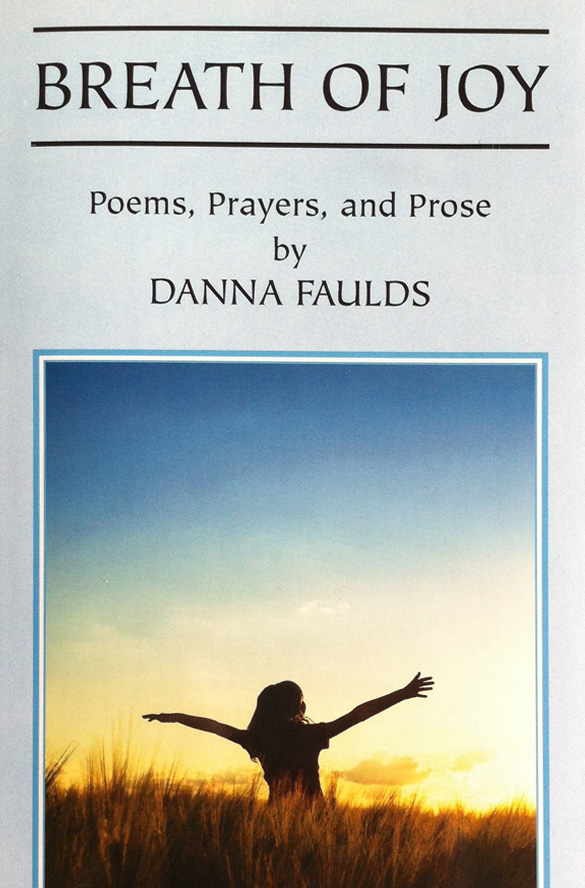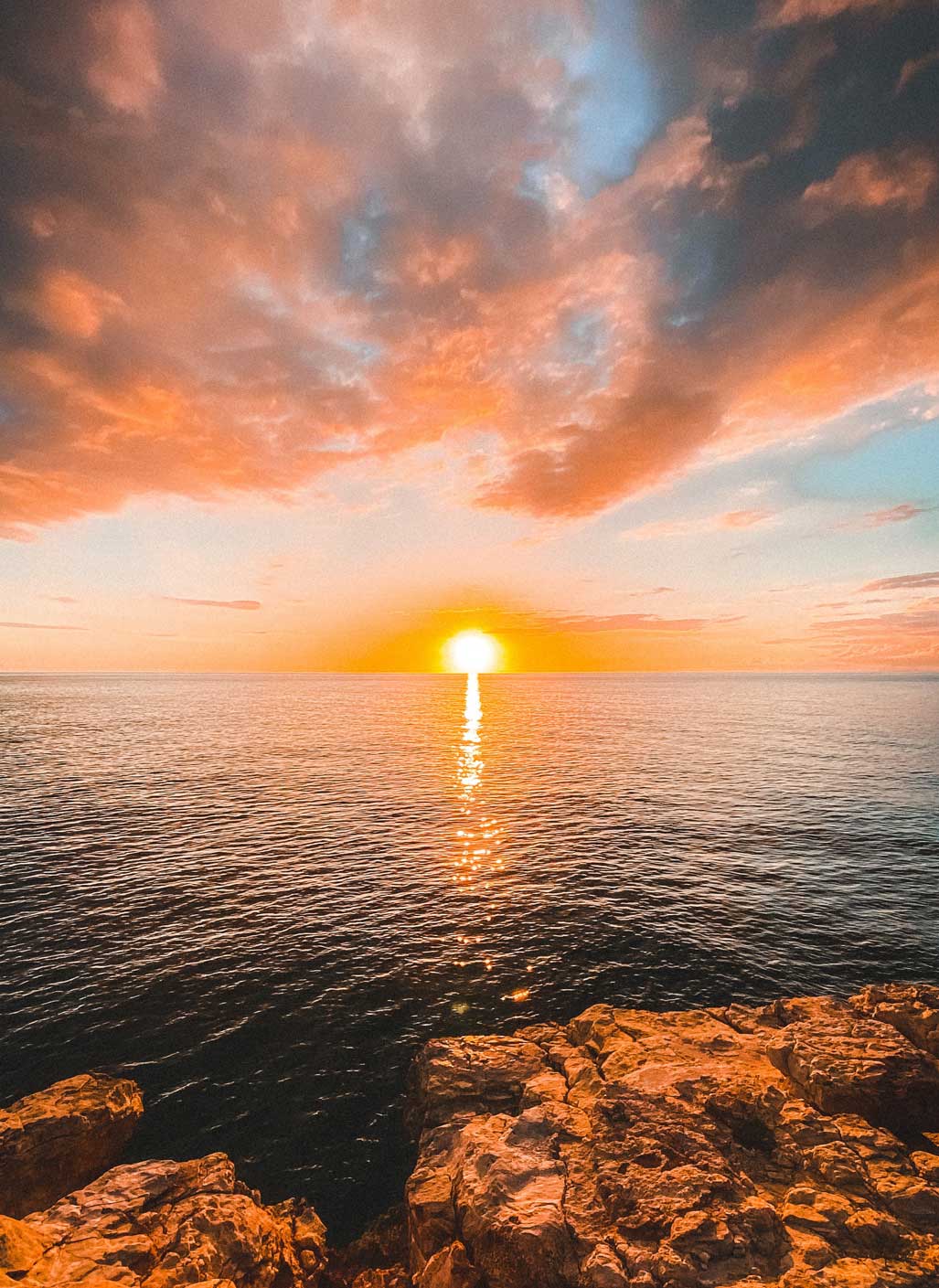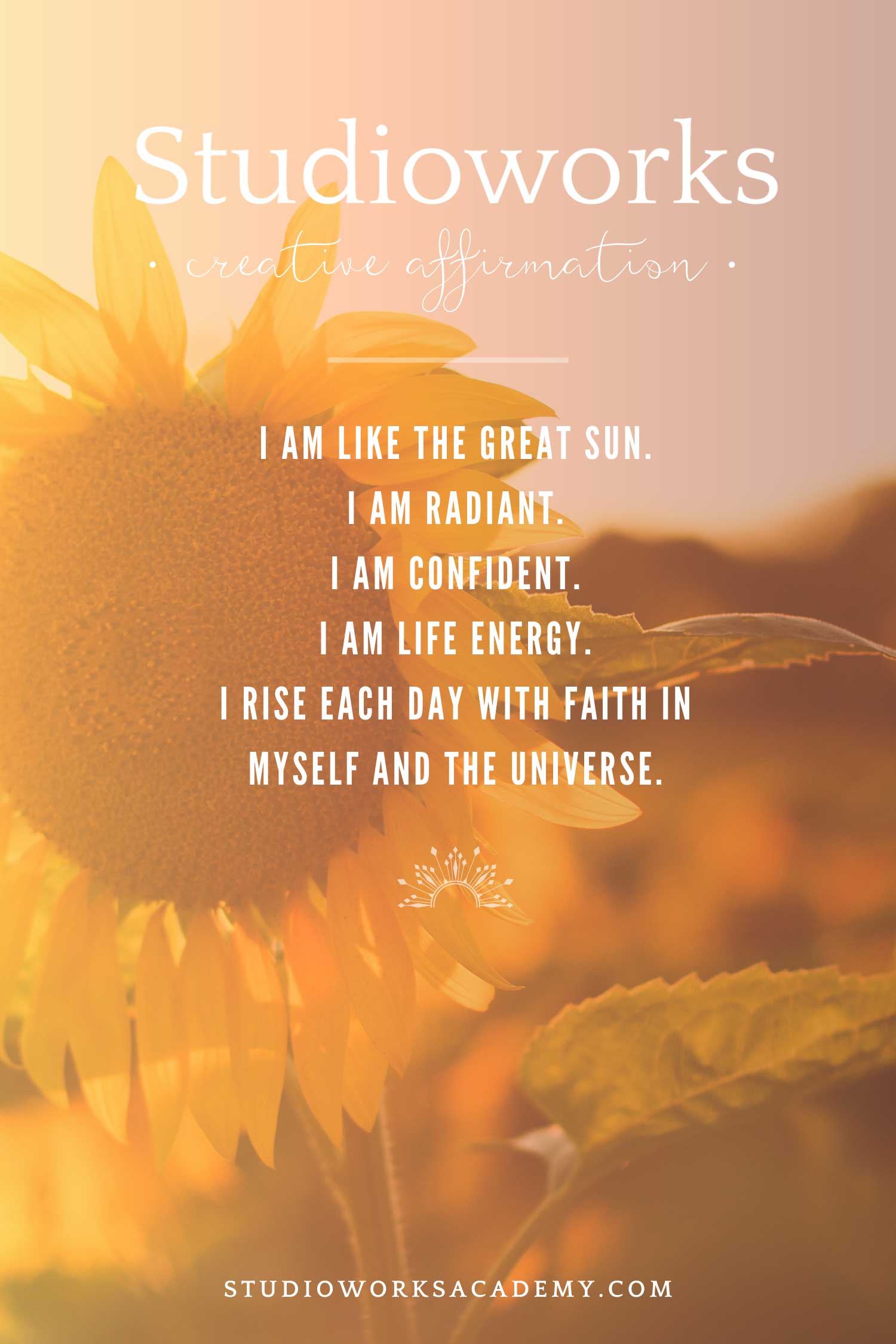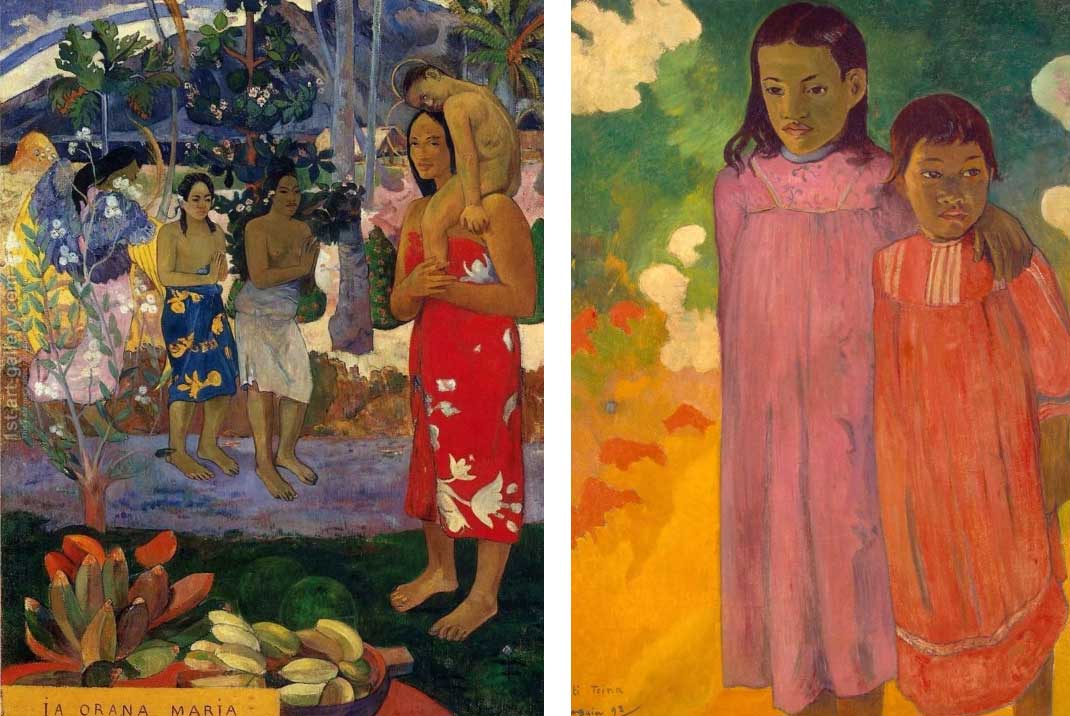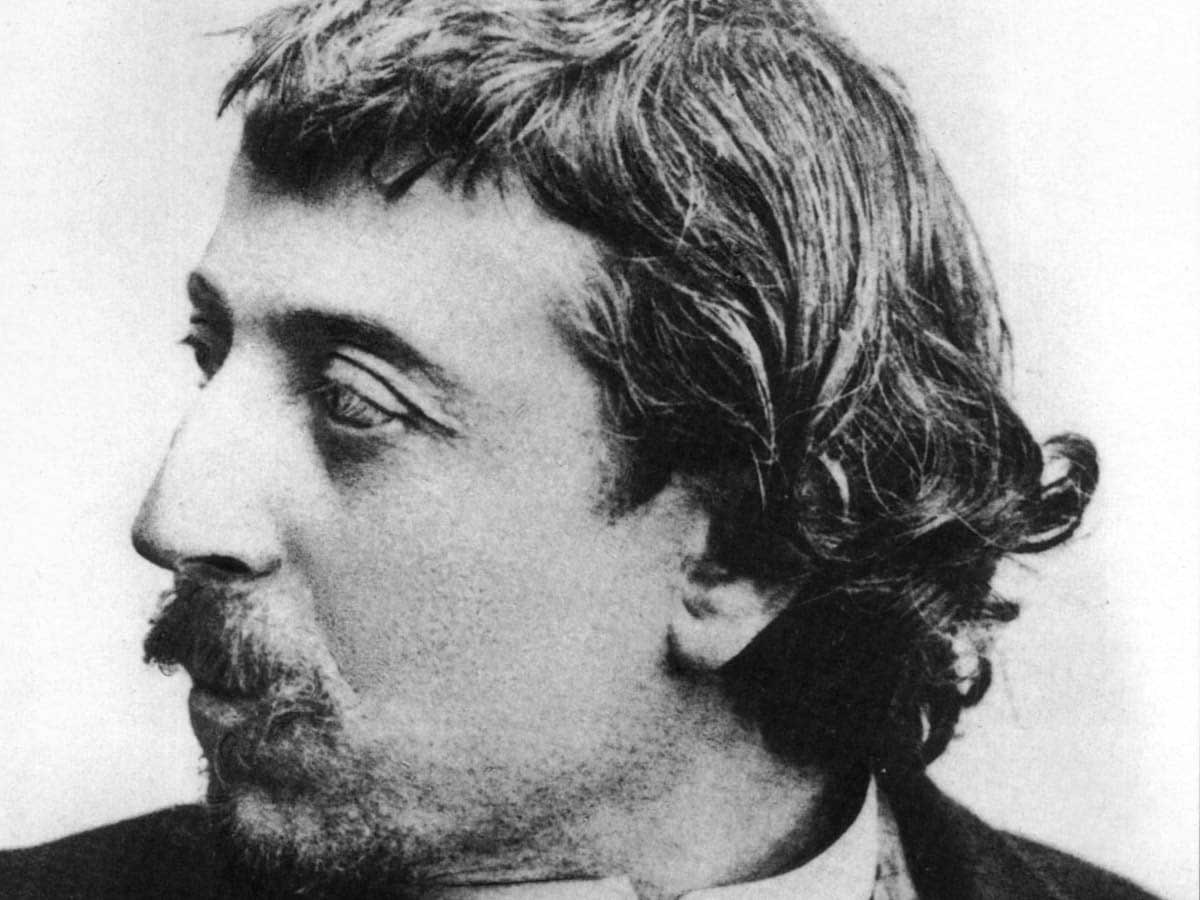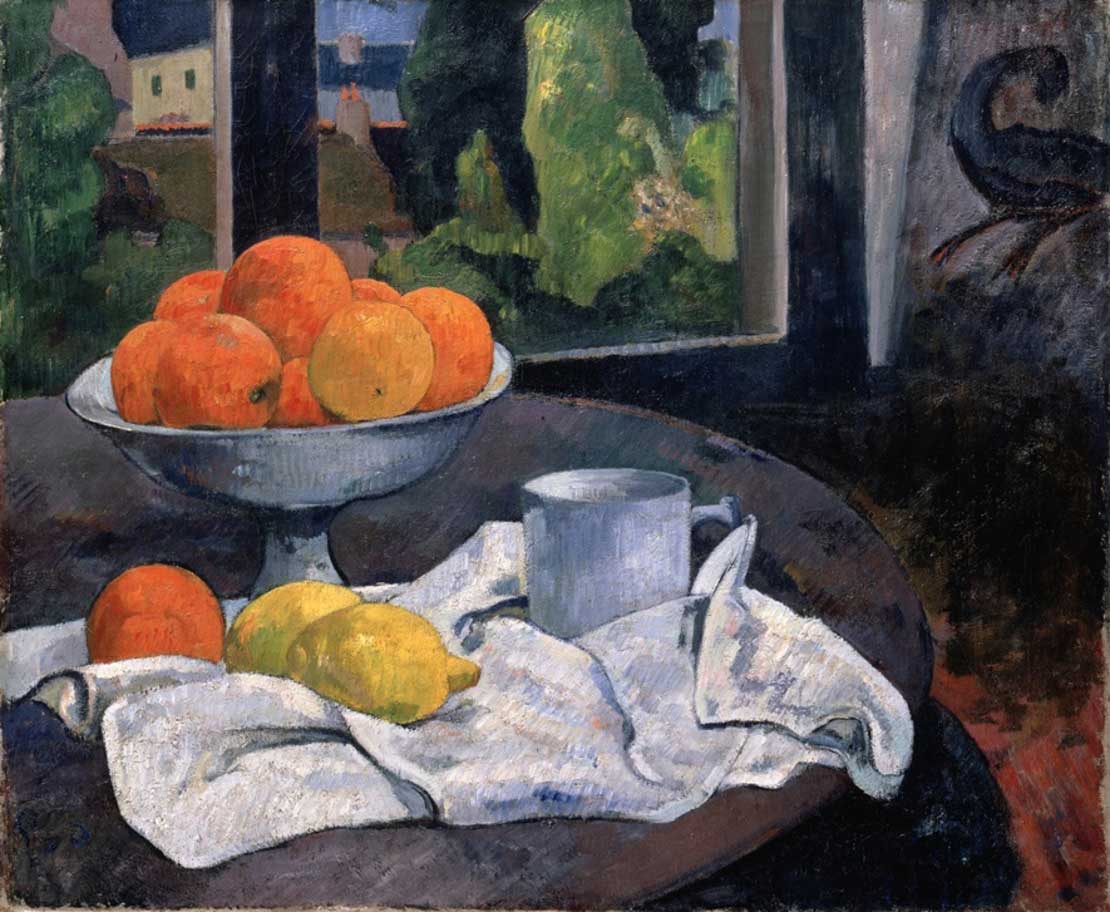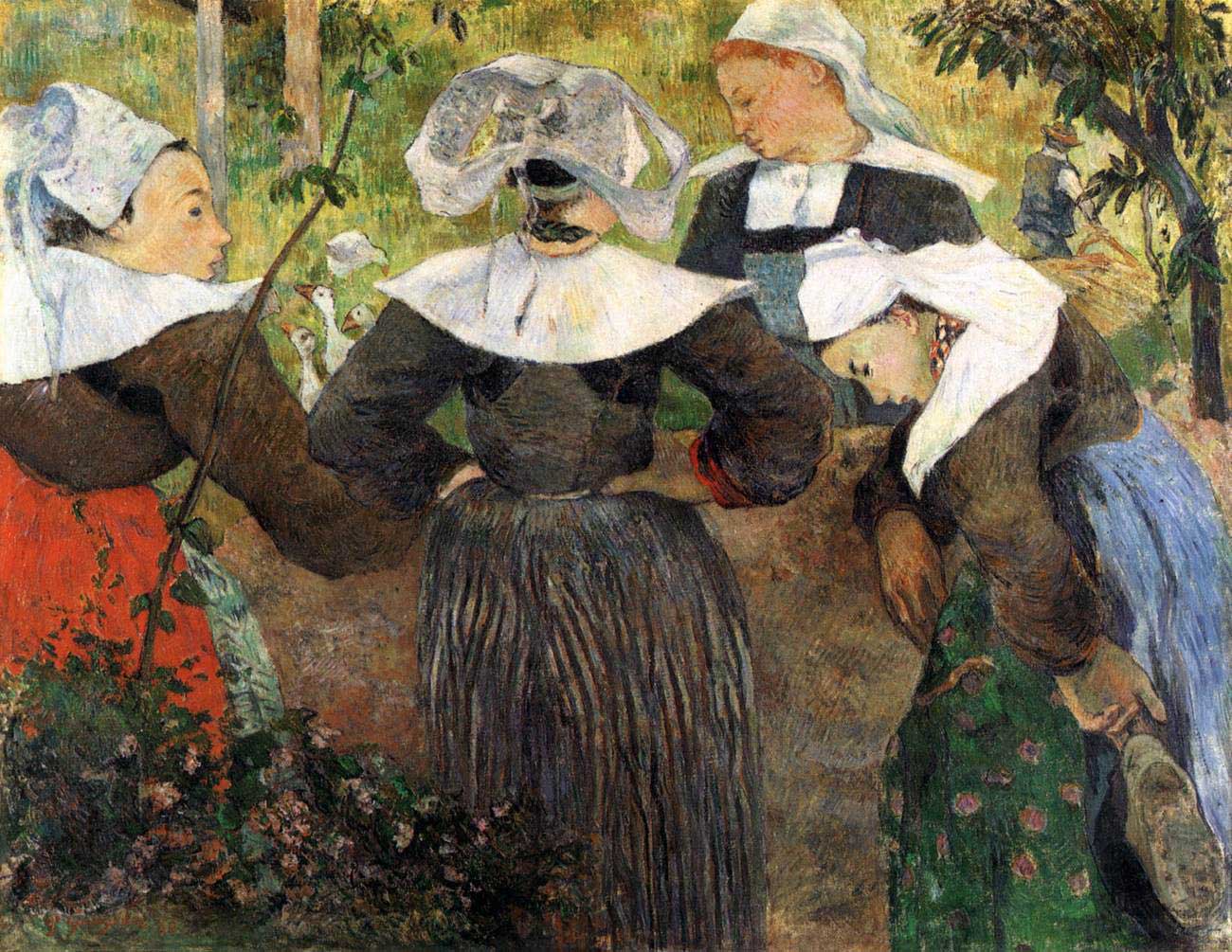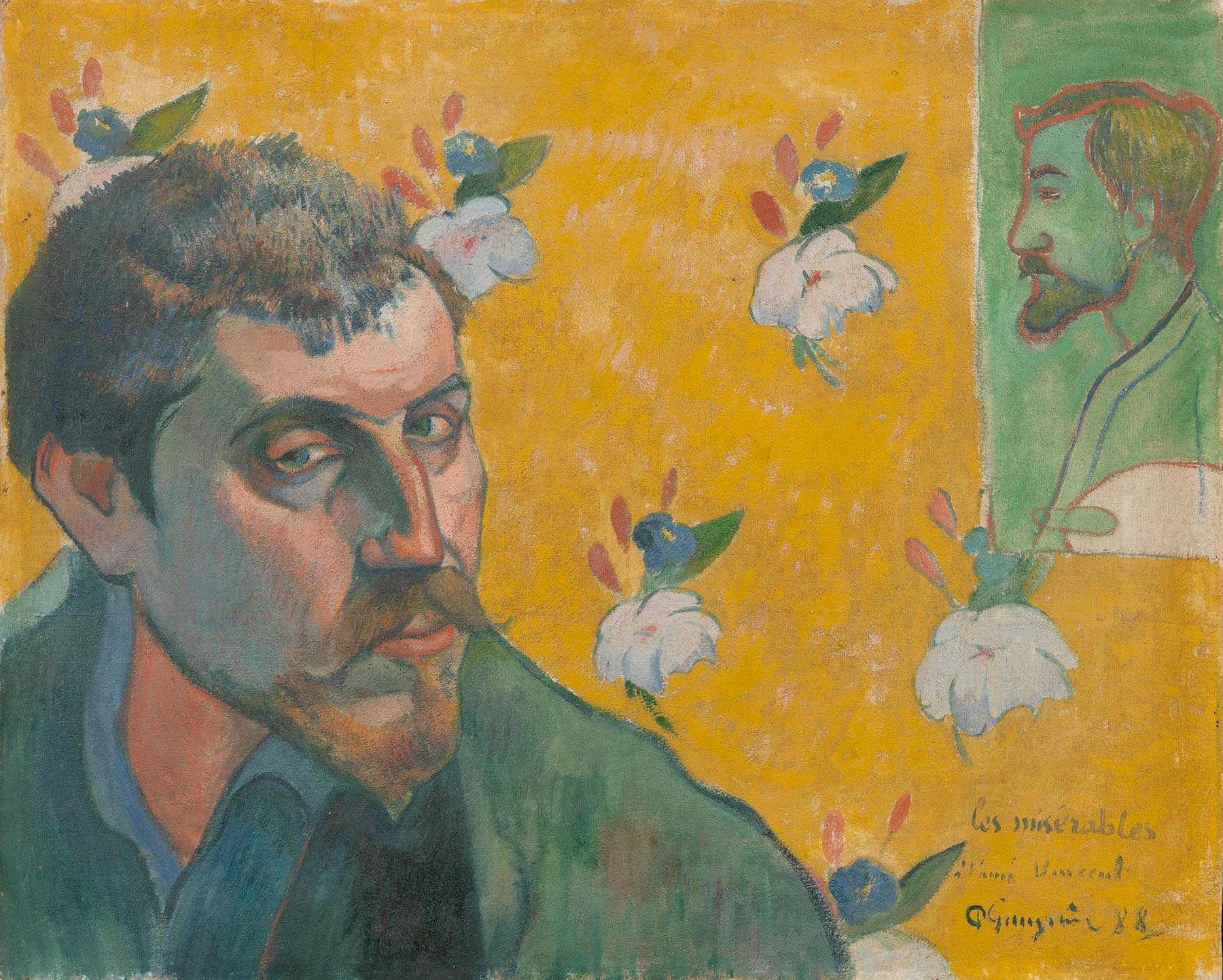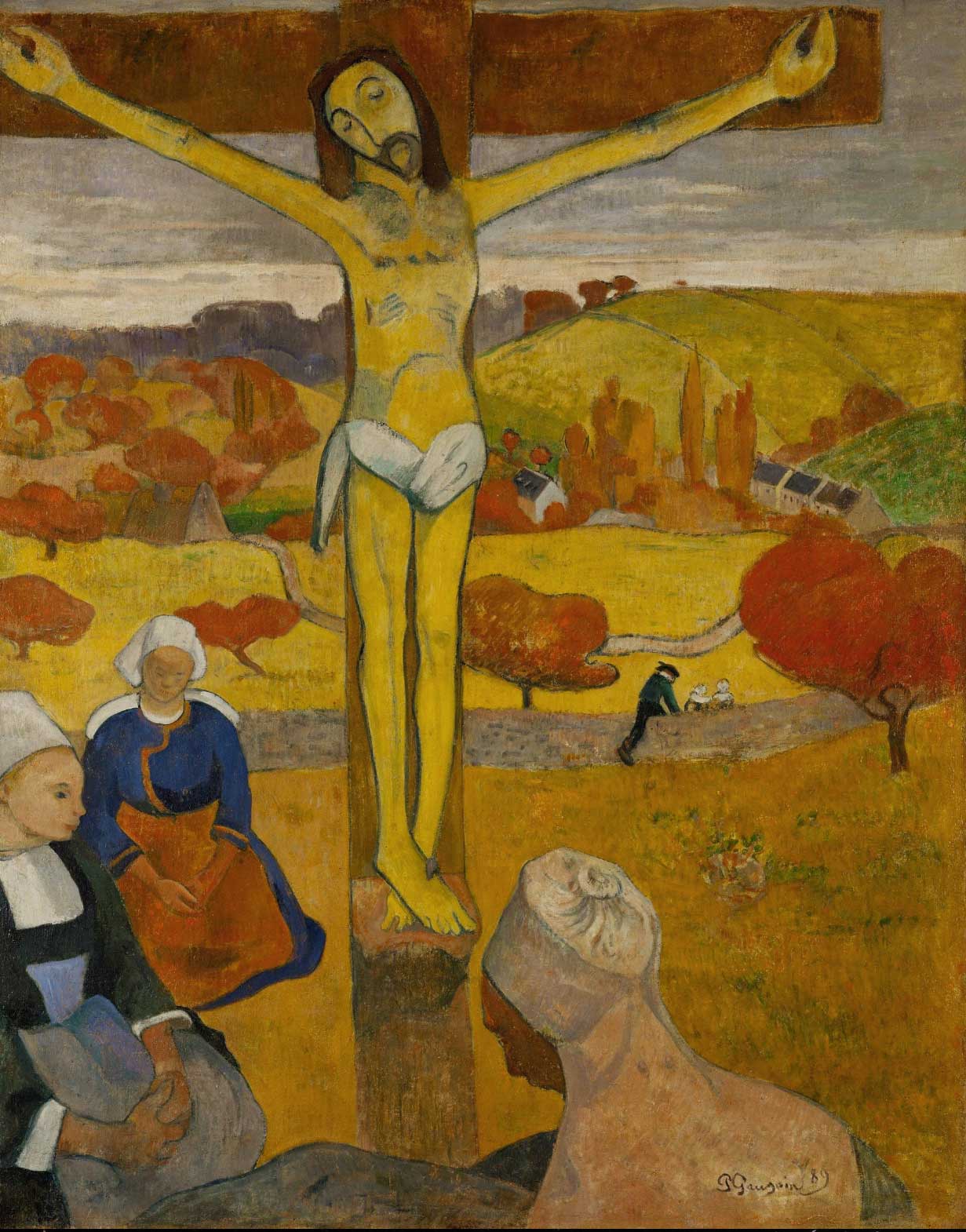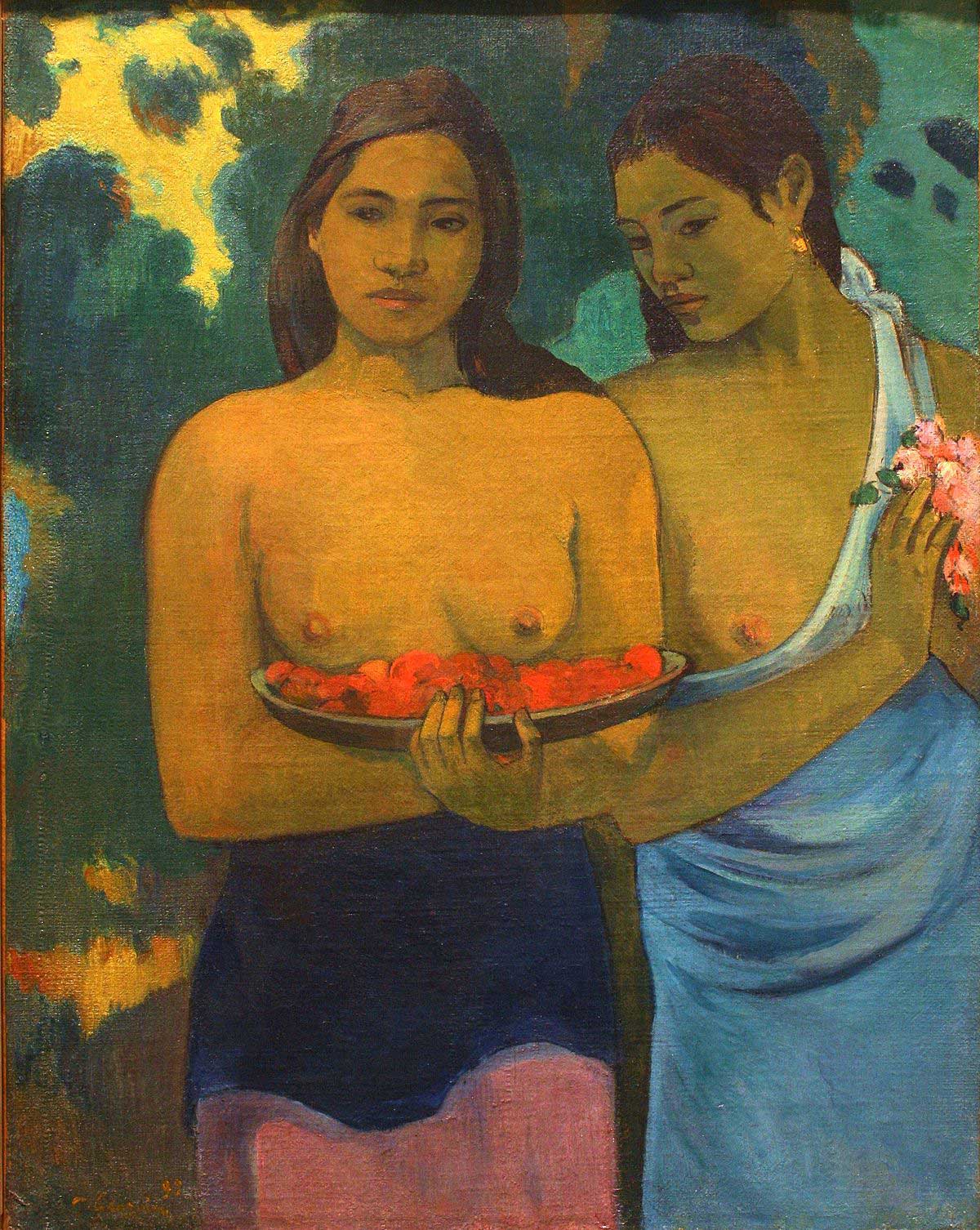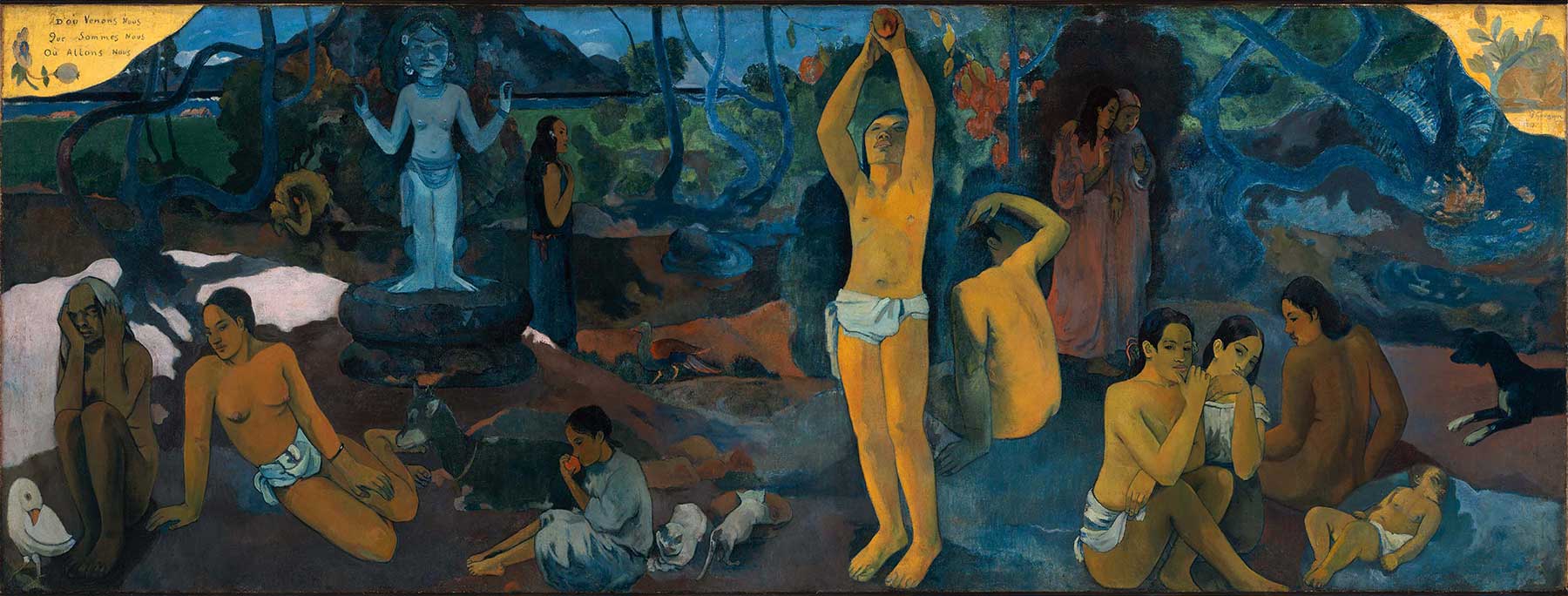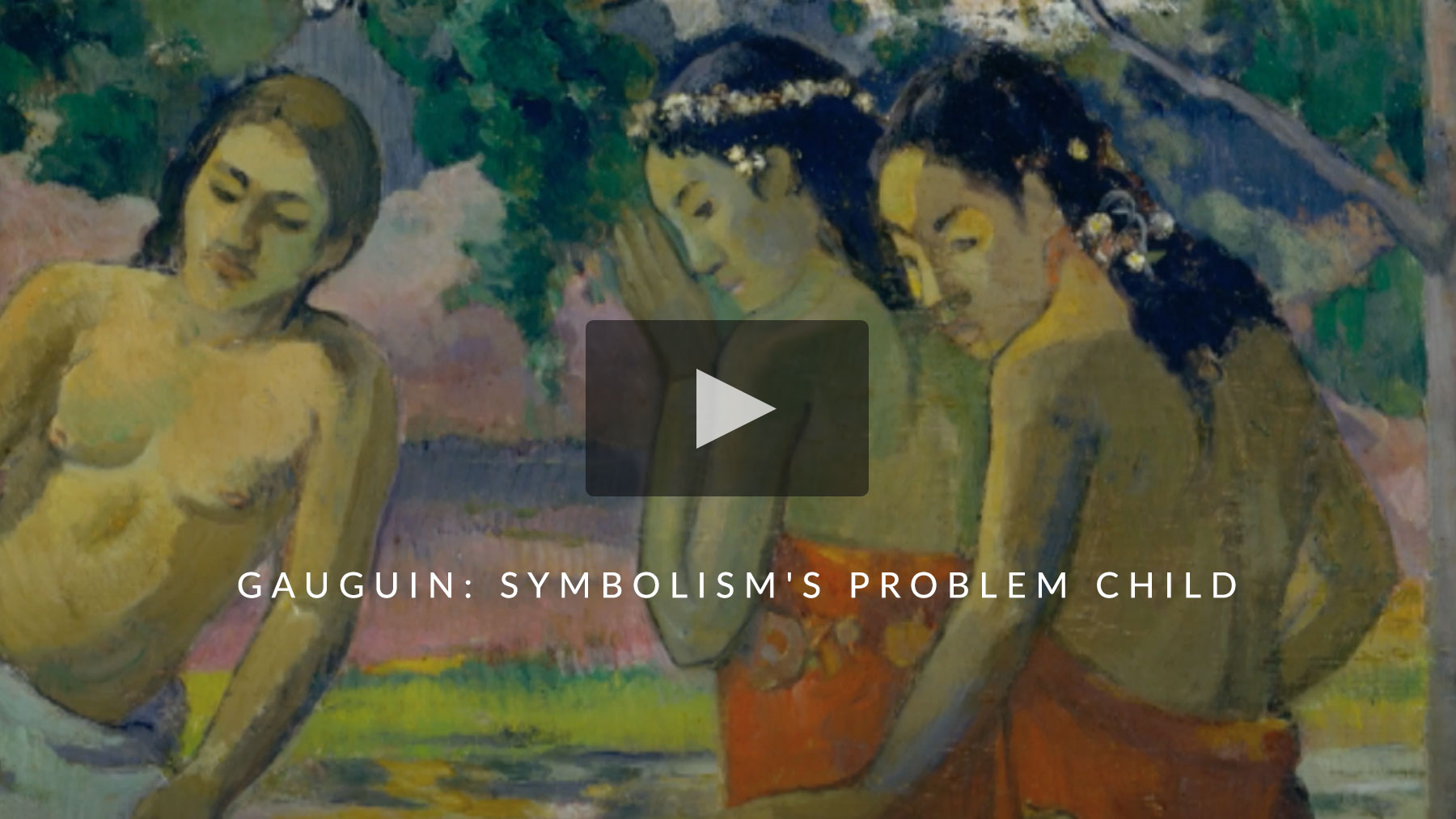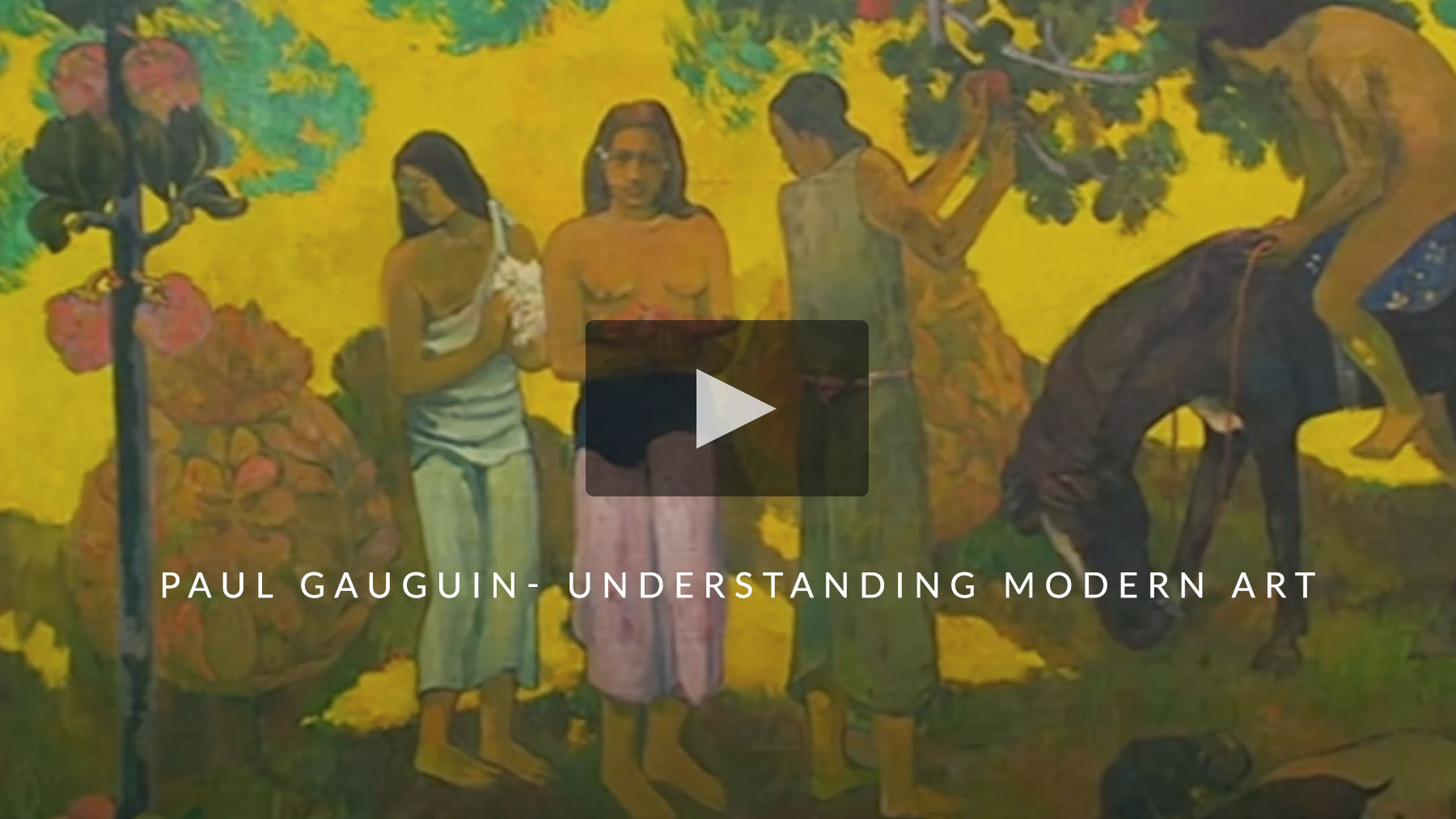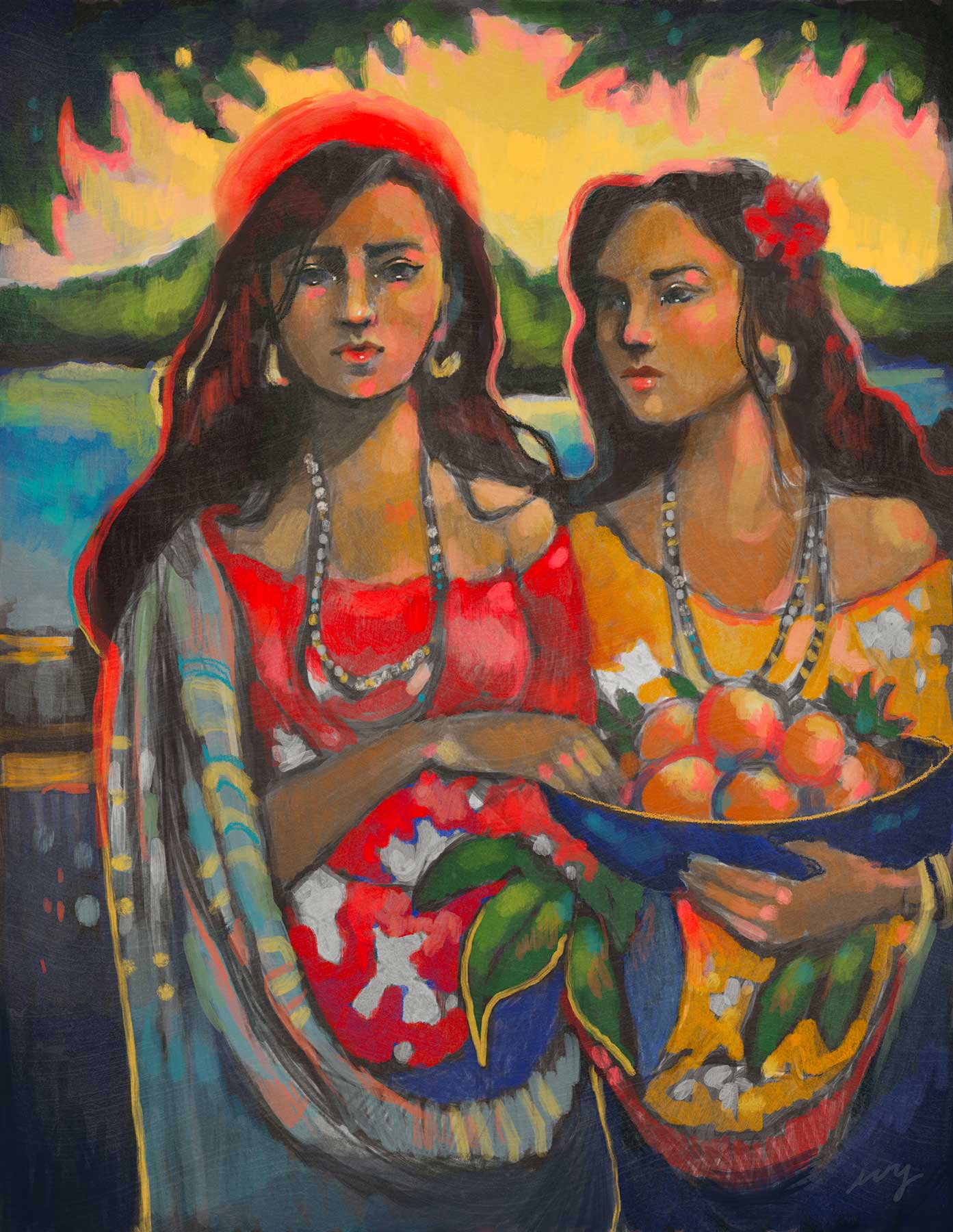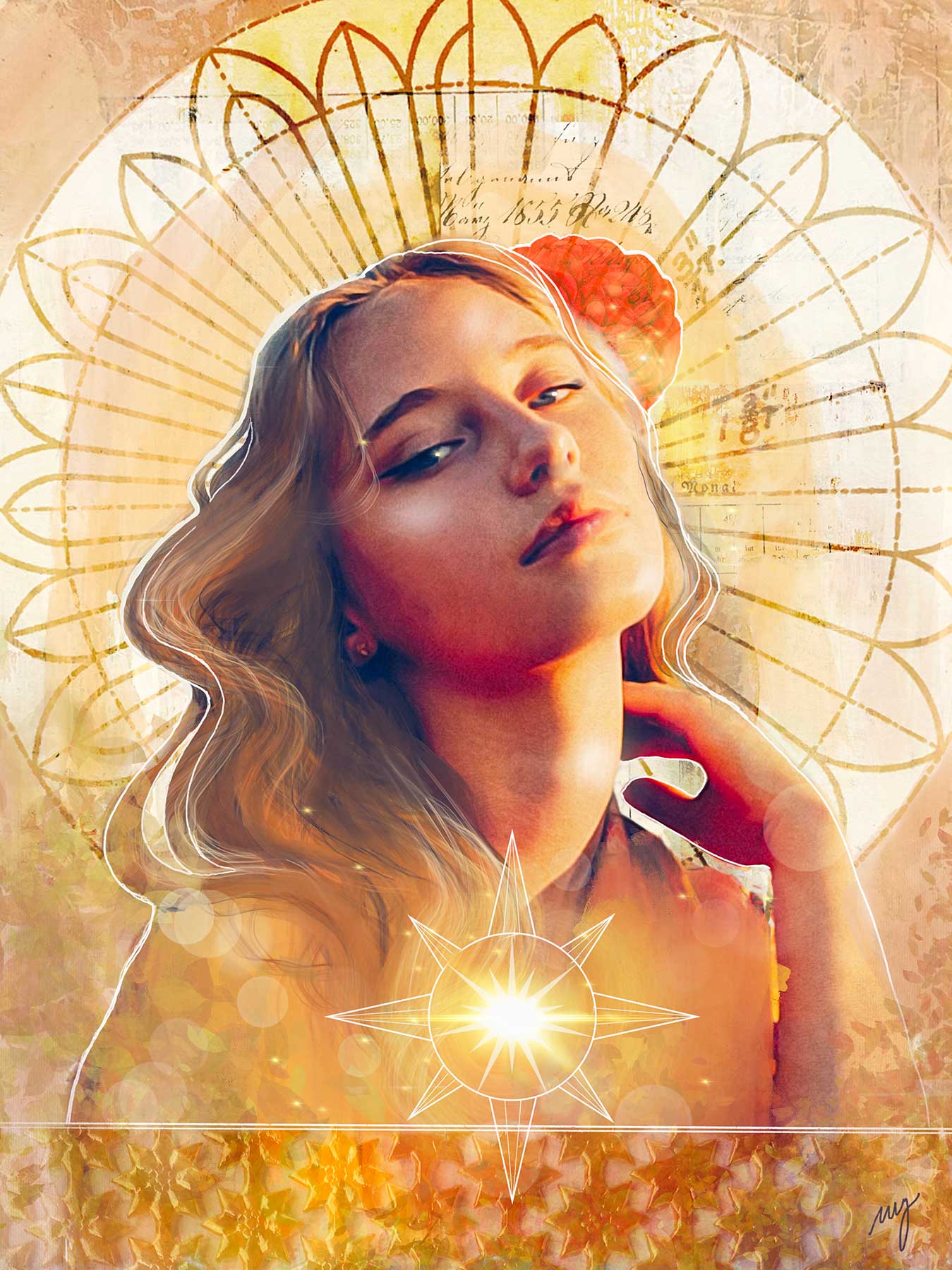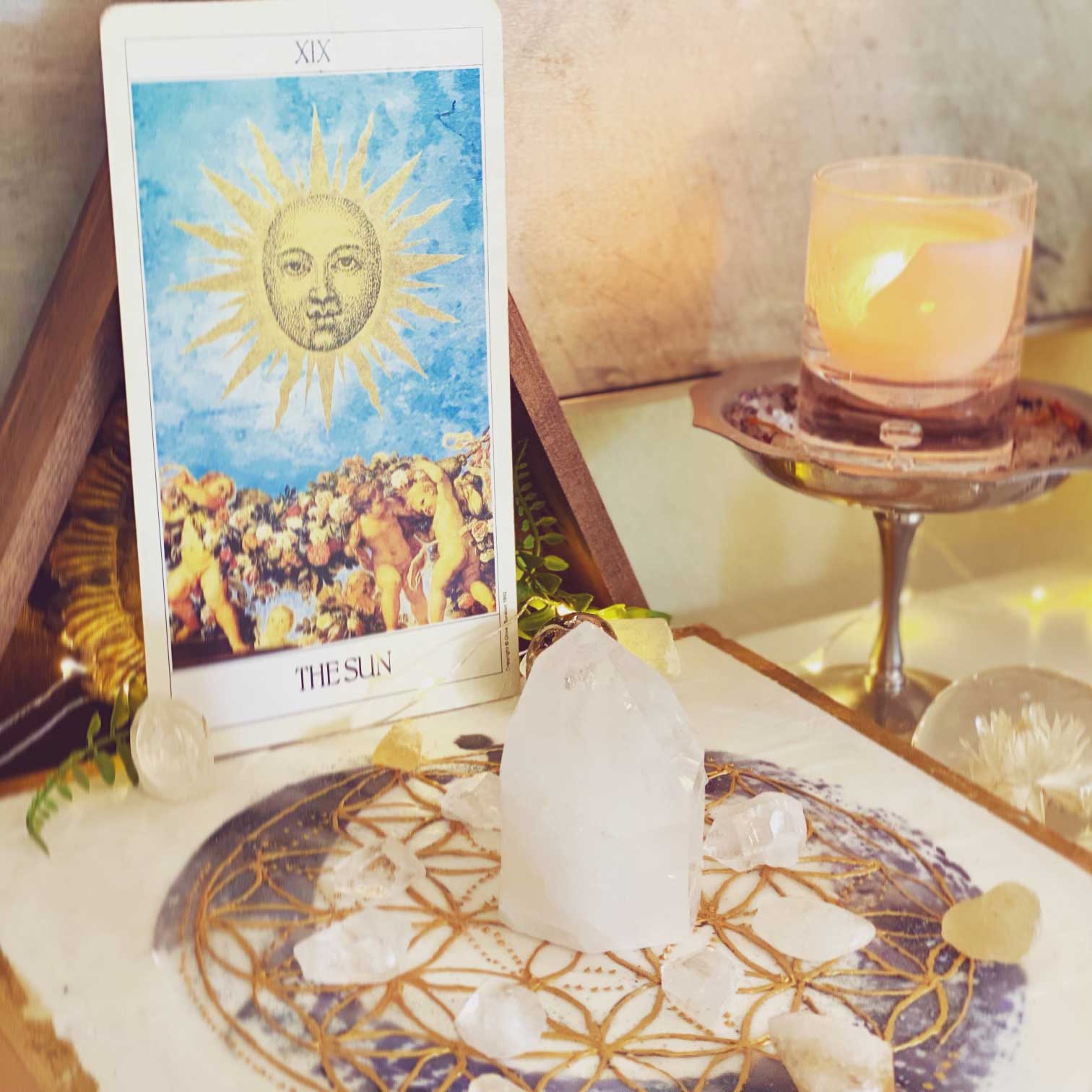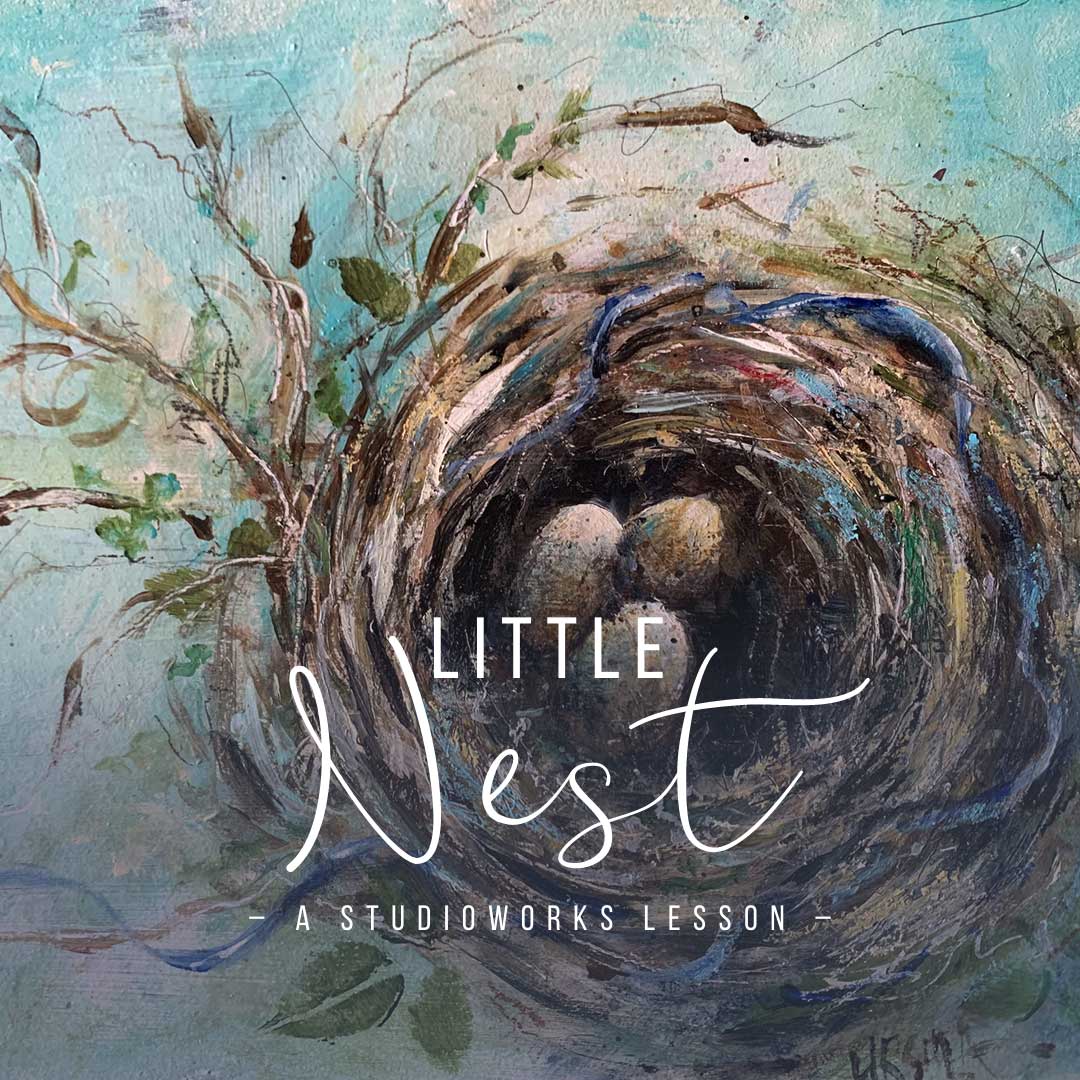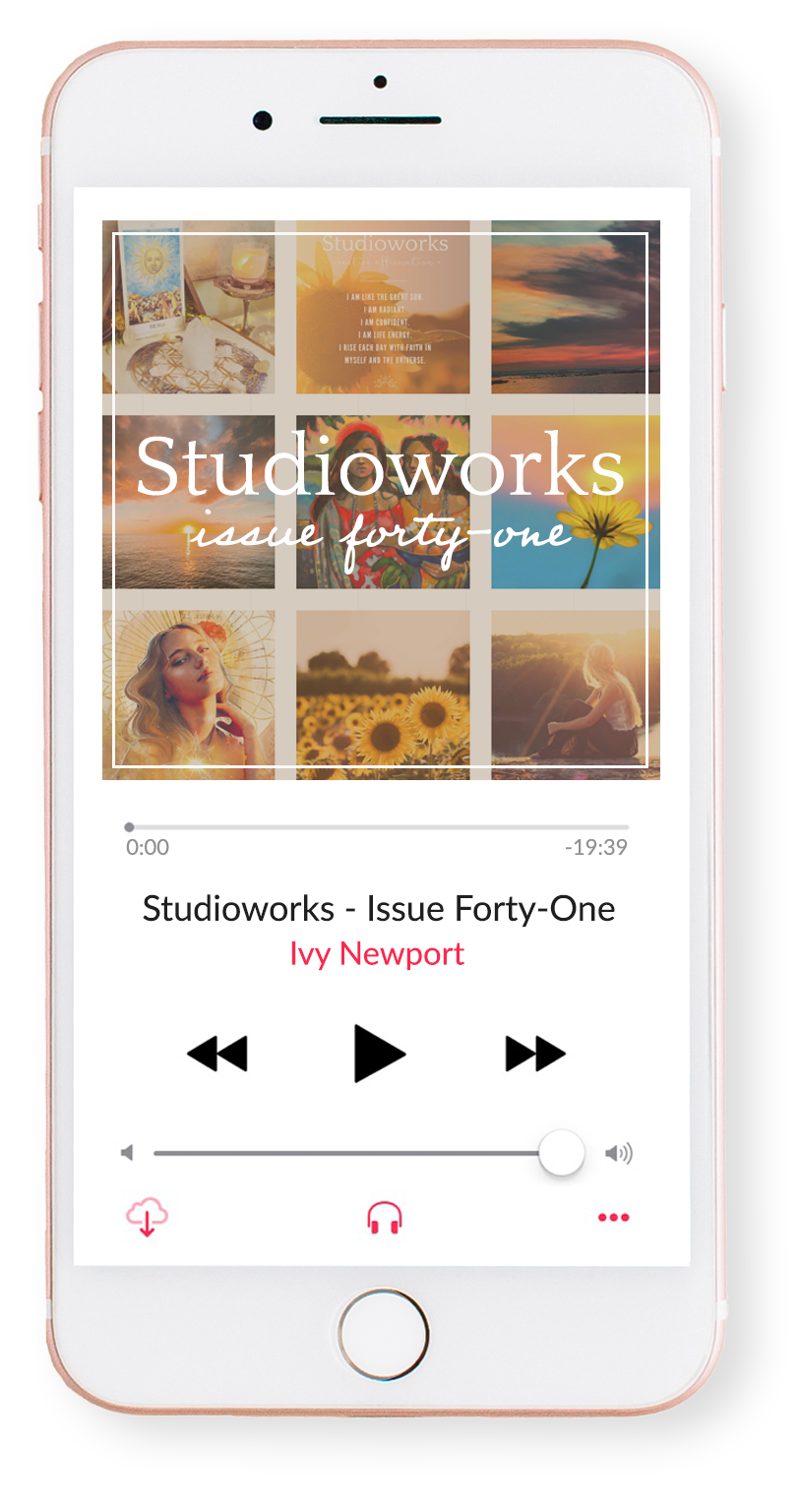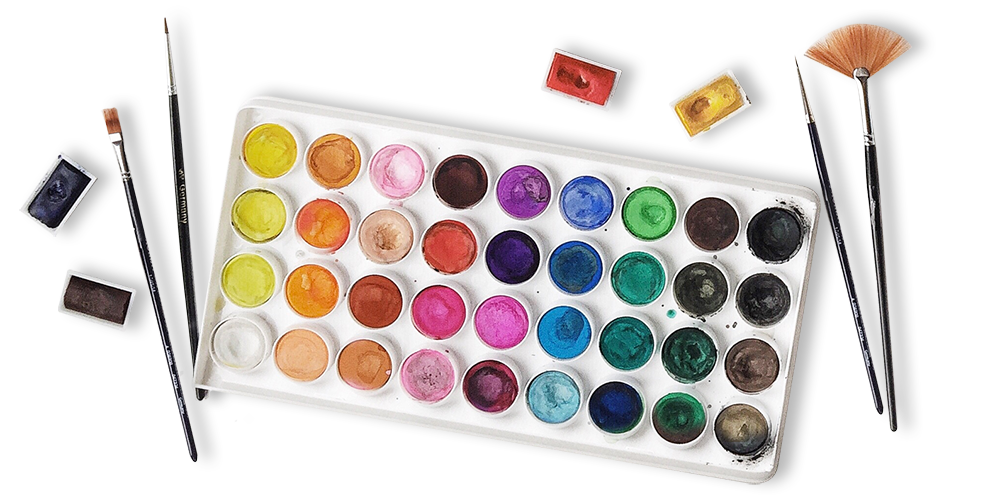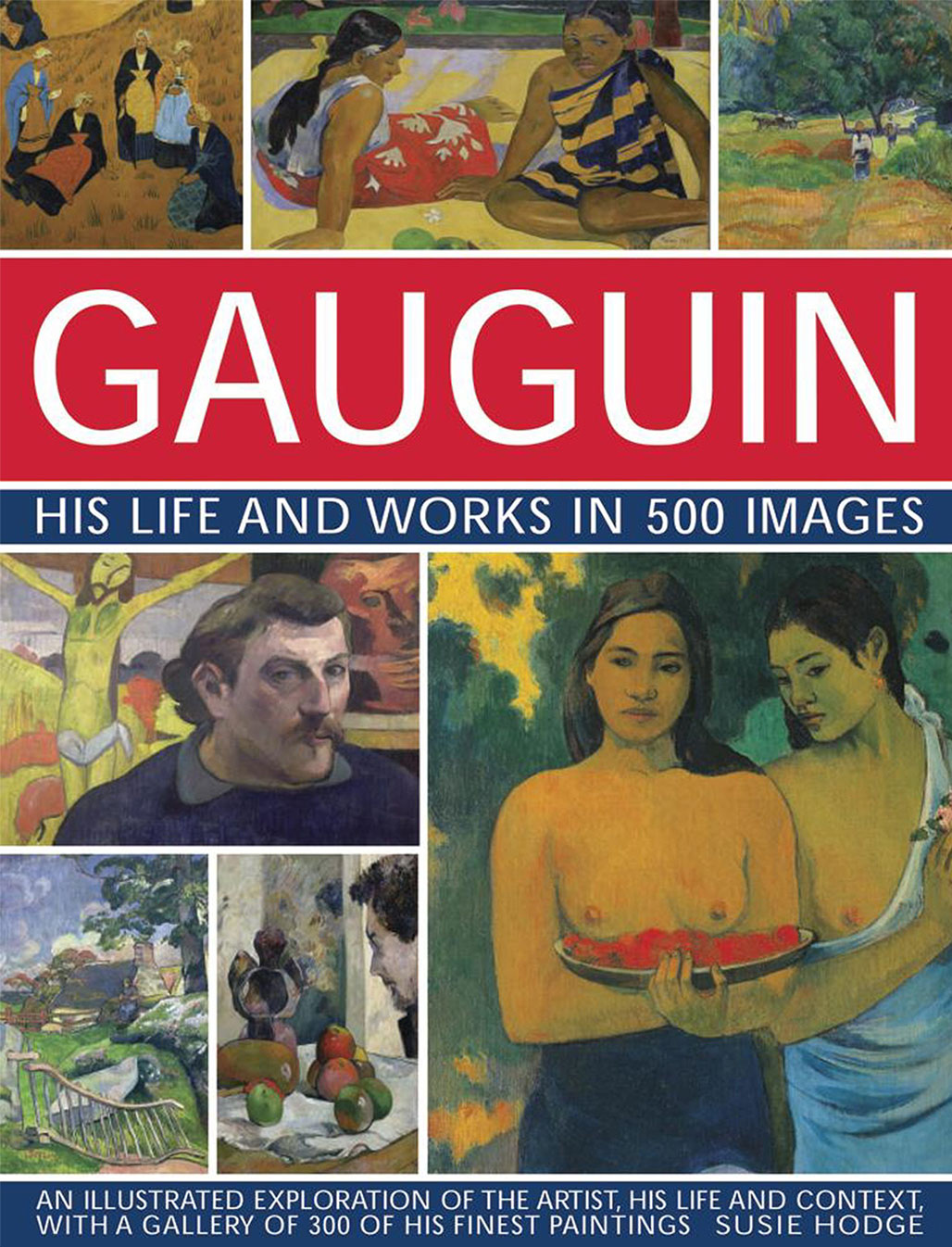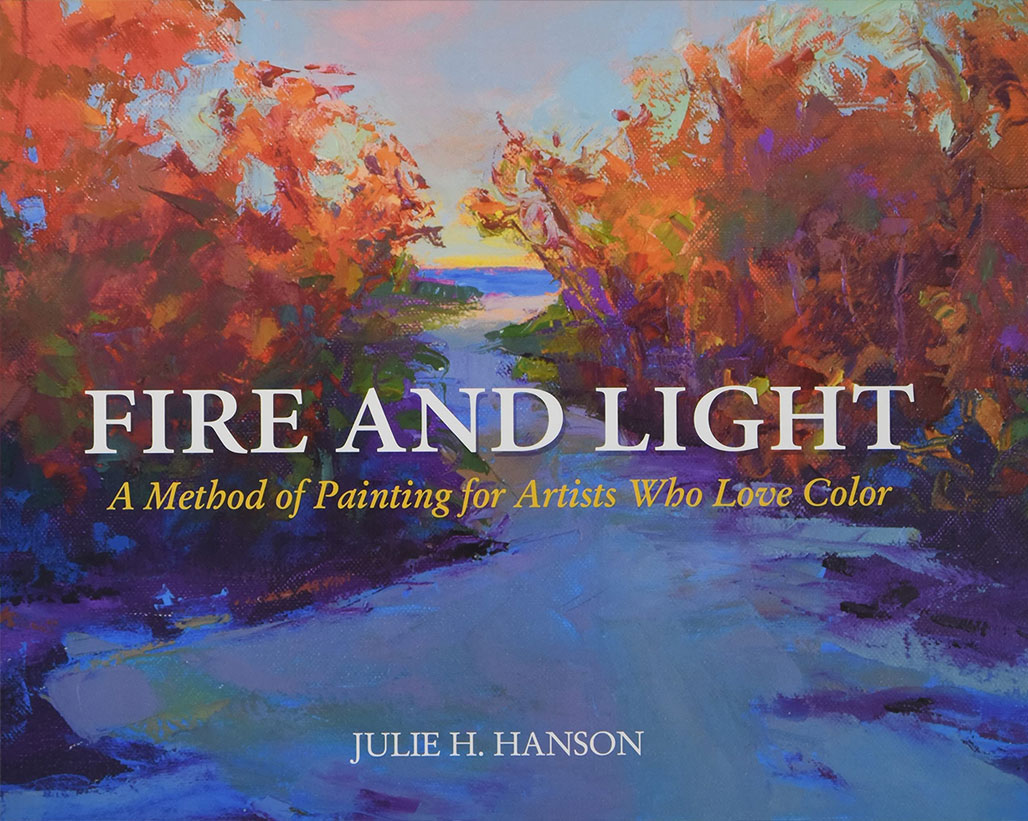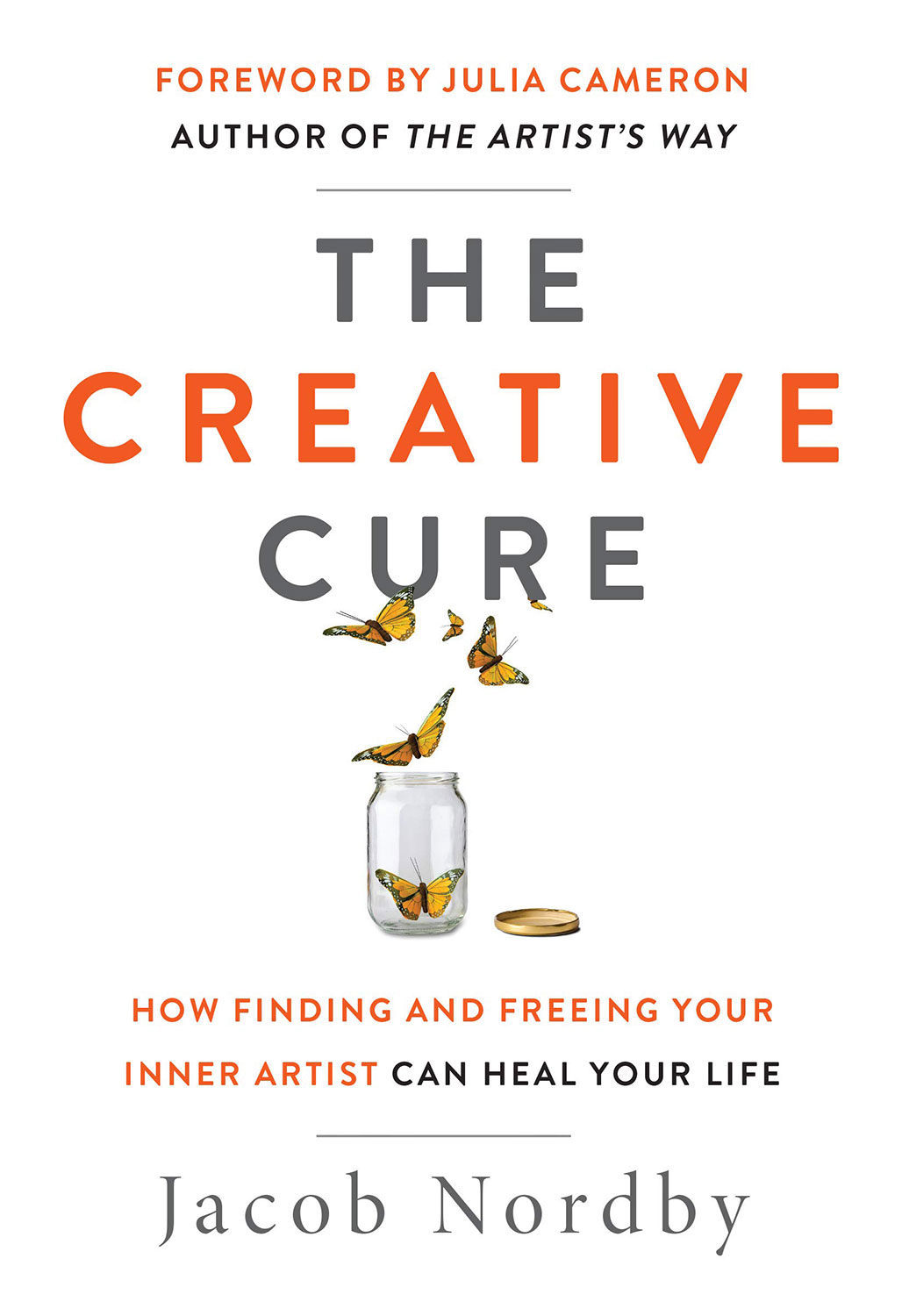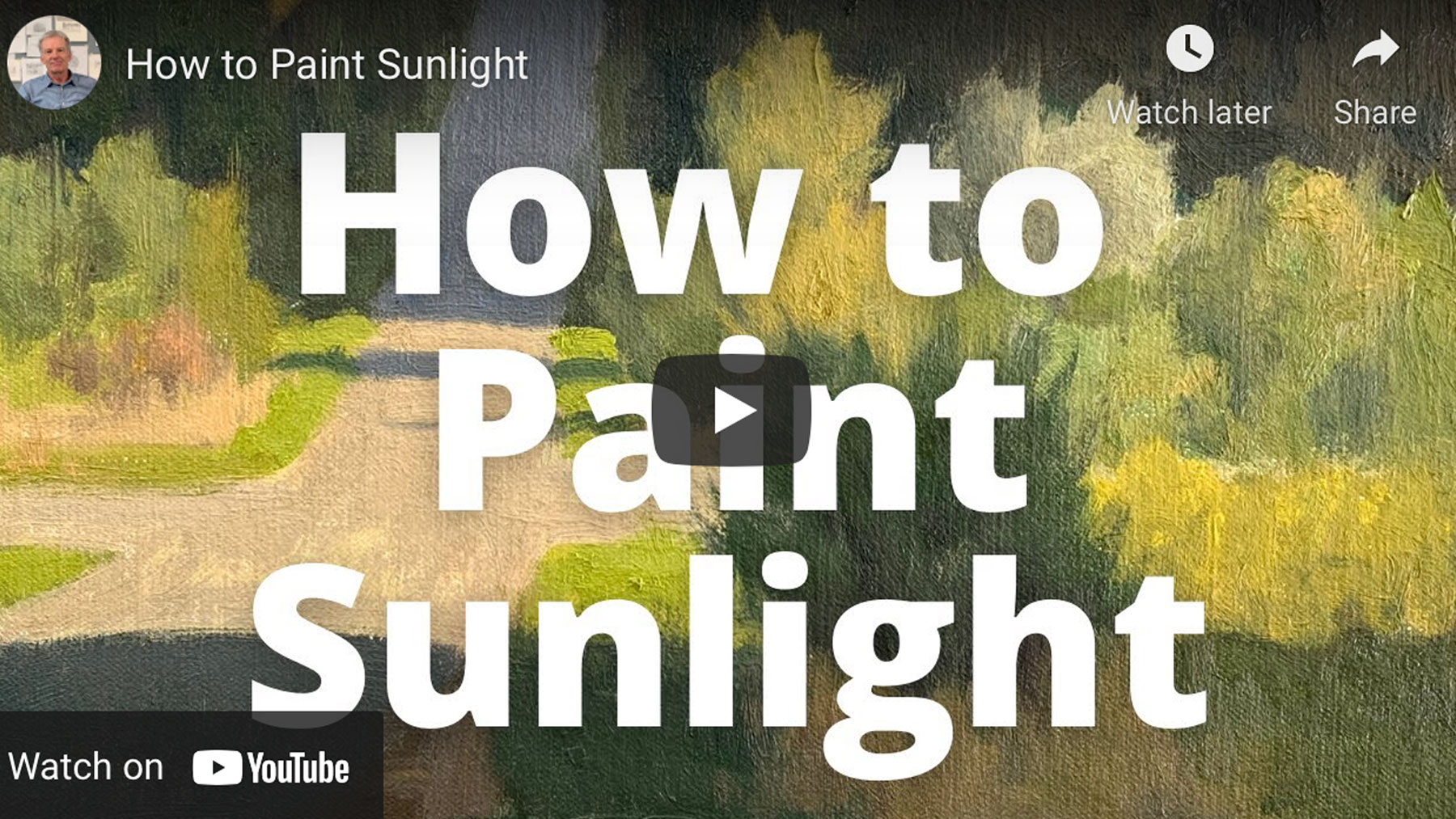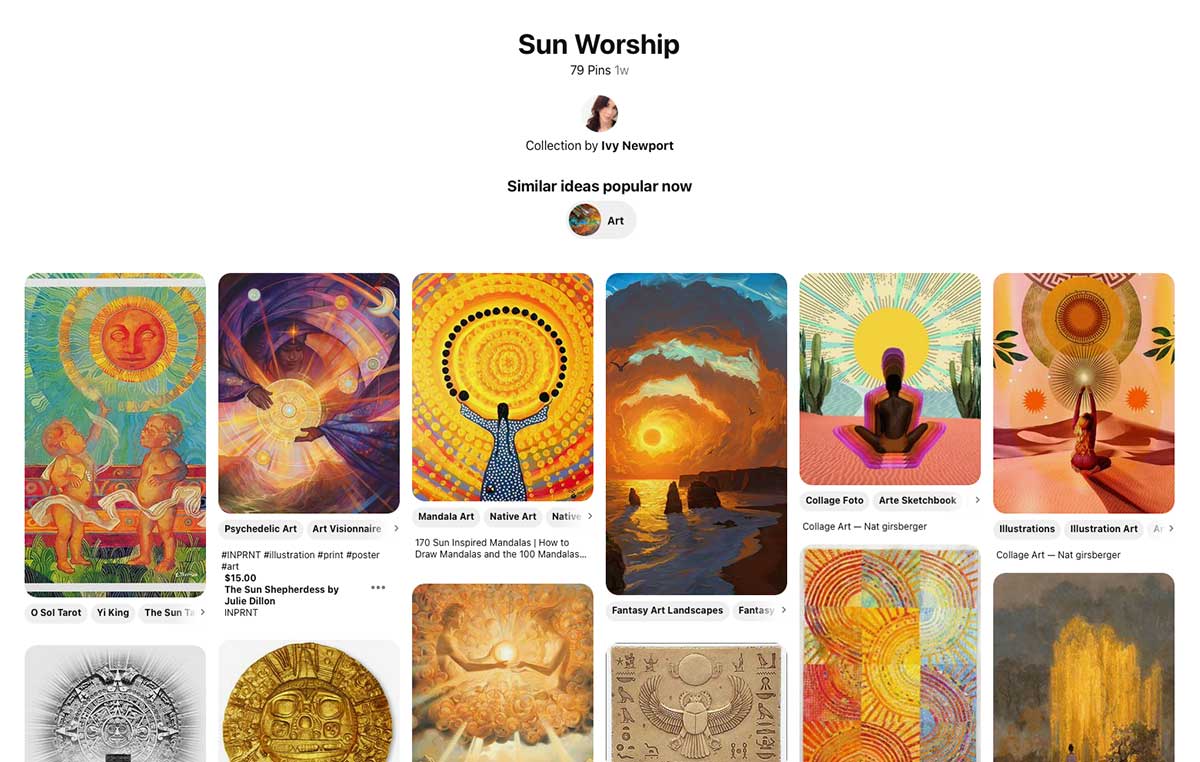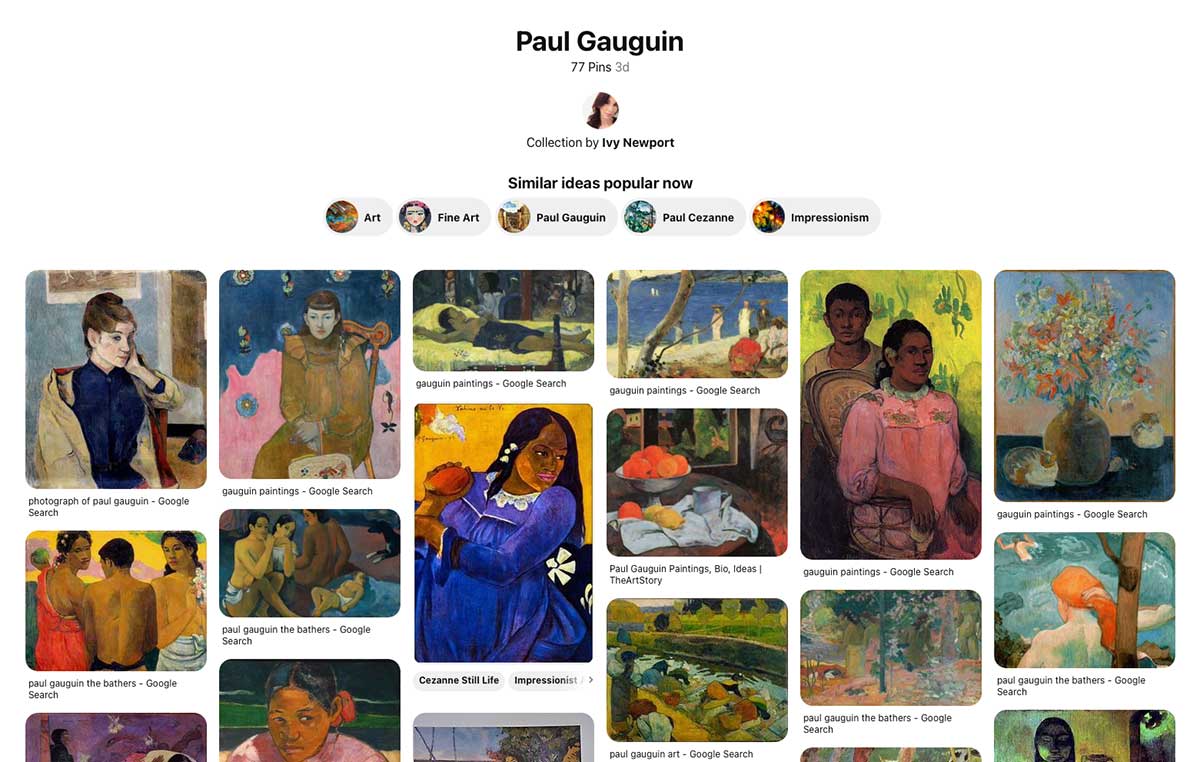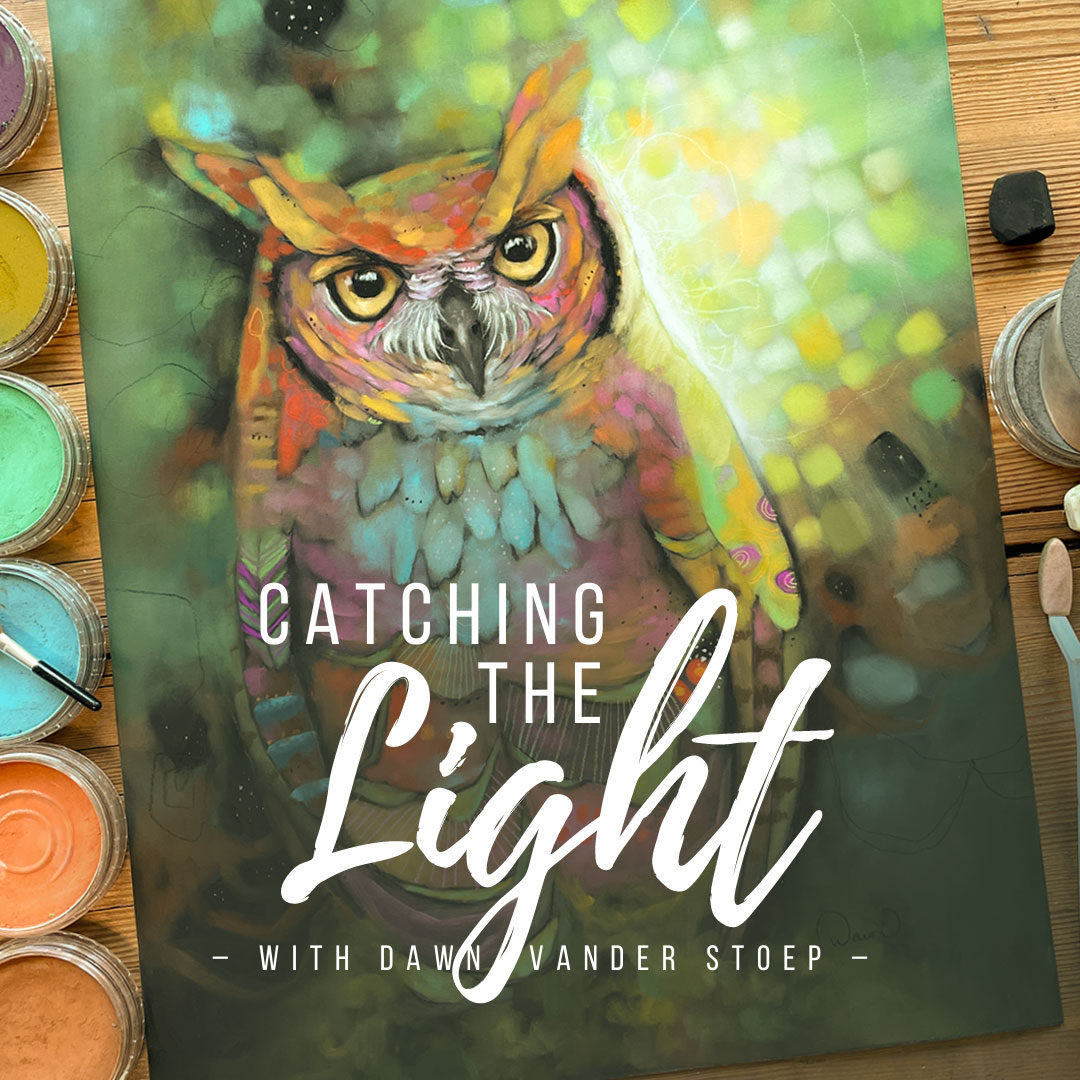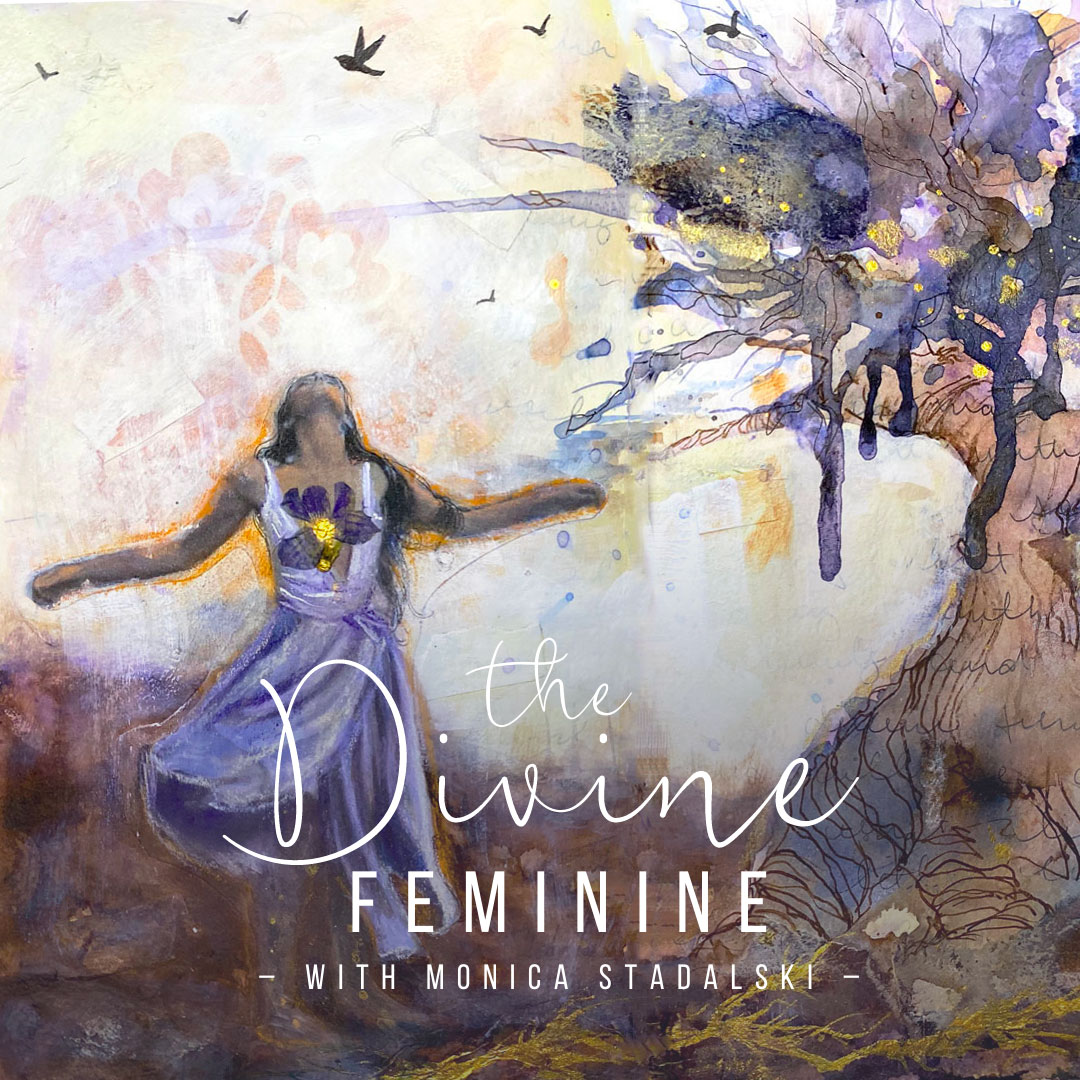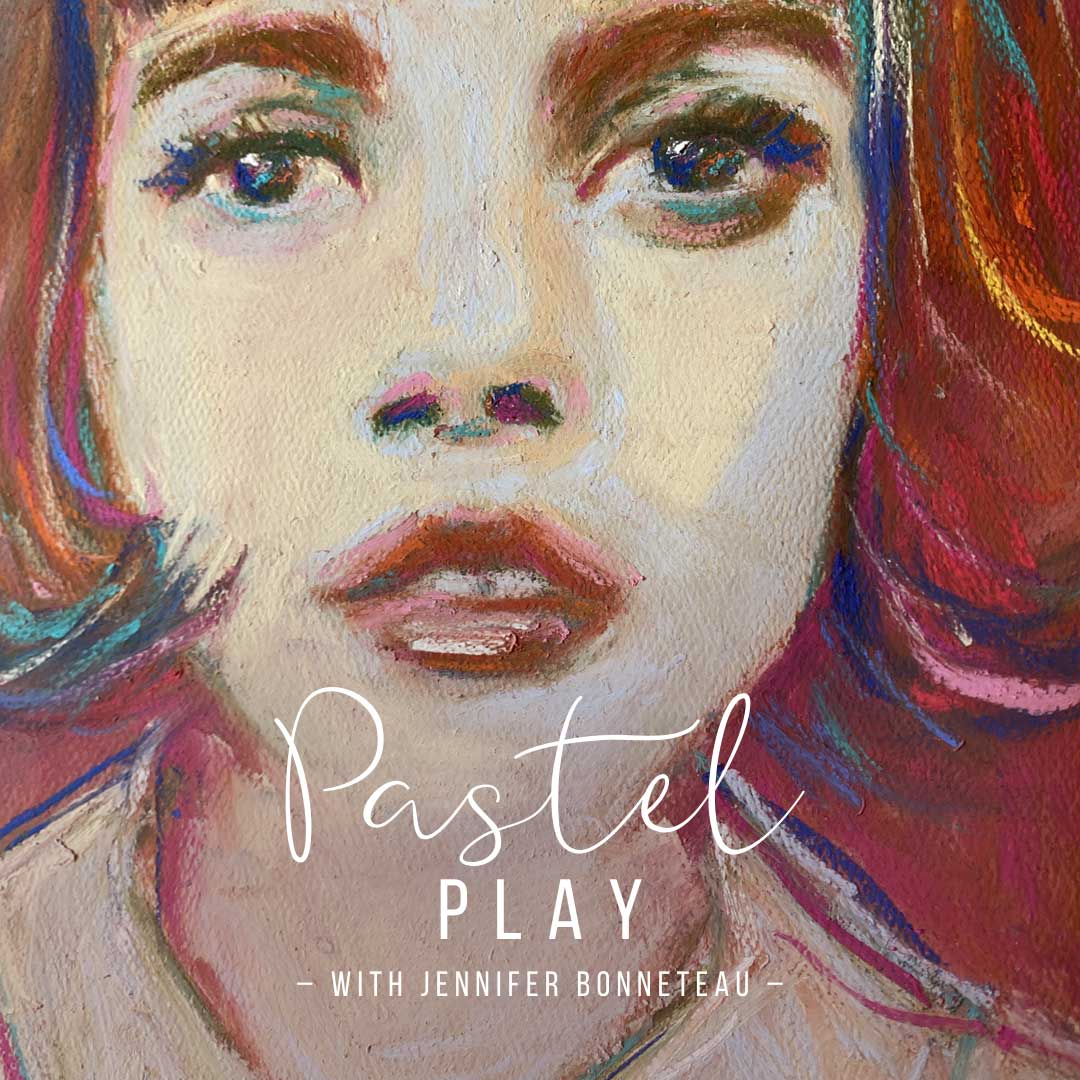IVY NEWPORT
Studioworks
Journal
a letter from ivy
Dear creative friends,
Welcome to Issue No. 41 of the Studioworks Journal! As always, I’m delighted you are here with me and I’m excited to share this with you. So, for the next three issues we will have a linked theme of the cosmos. By cosmos, I mean the Sun, the Moon and the Stars.
The last time we linked issues together we explored the elements of Fire, Air, Water and Earth (Issue No. 32 – 35). I feel like this is an expansion to that. As artists, we are students of the natural and spiritual world. We are keenly linked to nature and the outer world while being simultaneously connected to our spiritual inner world, and to the wholeness of it all.
So let’s raise our eyes to the sky and be inspired and guided by the limitless potential of the Sun!
xo,

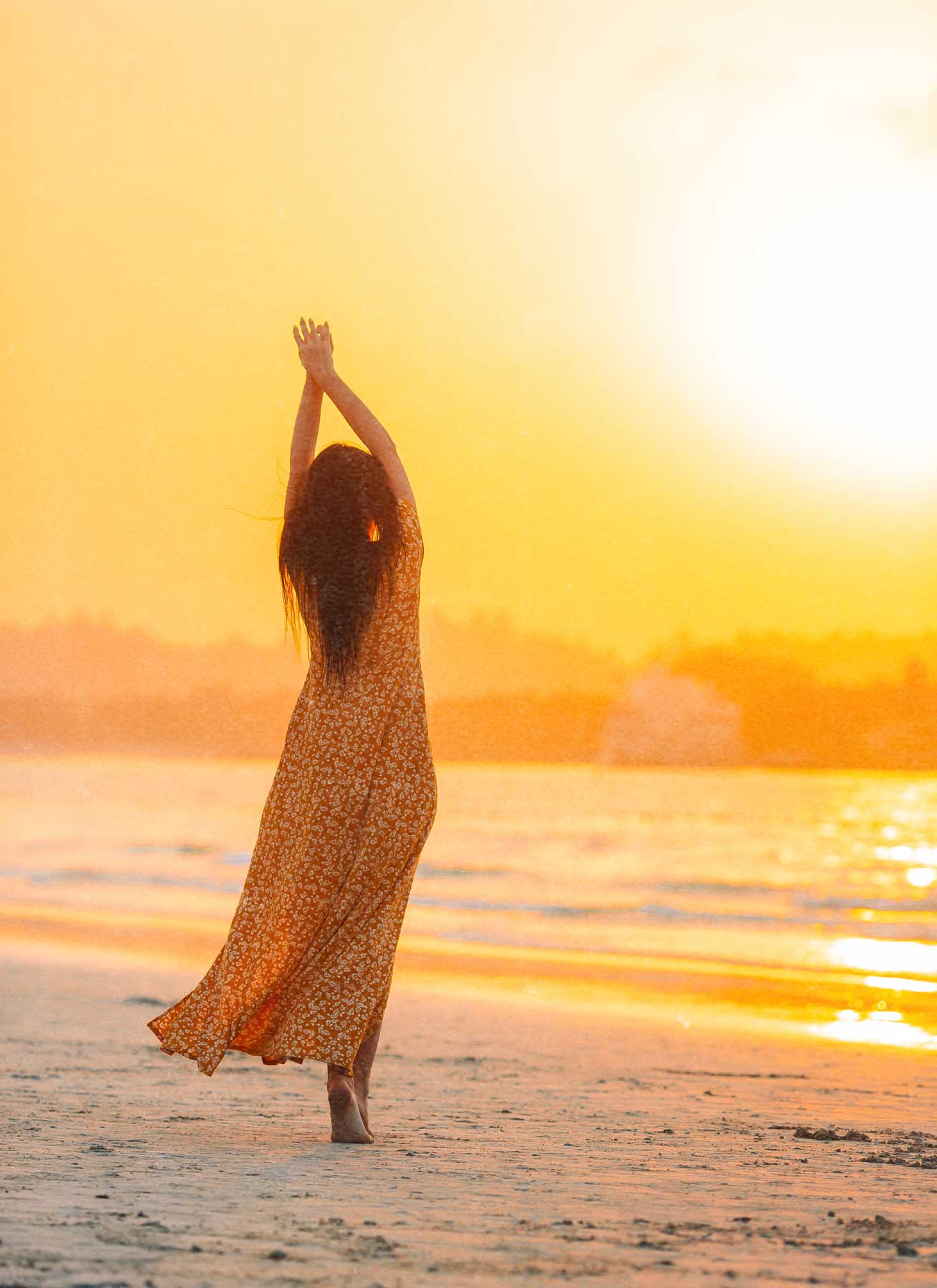
Each issue will invite you to explore your creative practice in whichever way works for you. Experience each issue at your own pace. Take what resonates with you and put the rest aside for another time.
Grab a cup of something lovely and dive in.
in this issue…
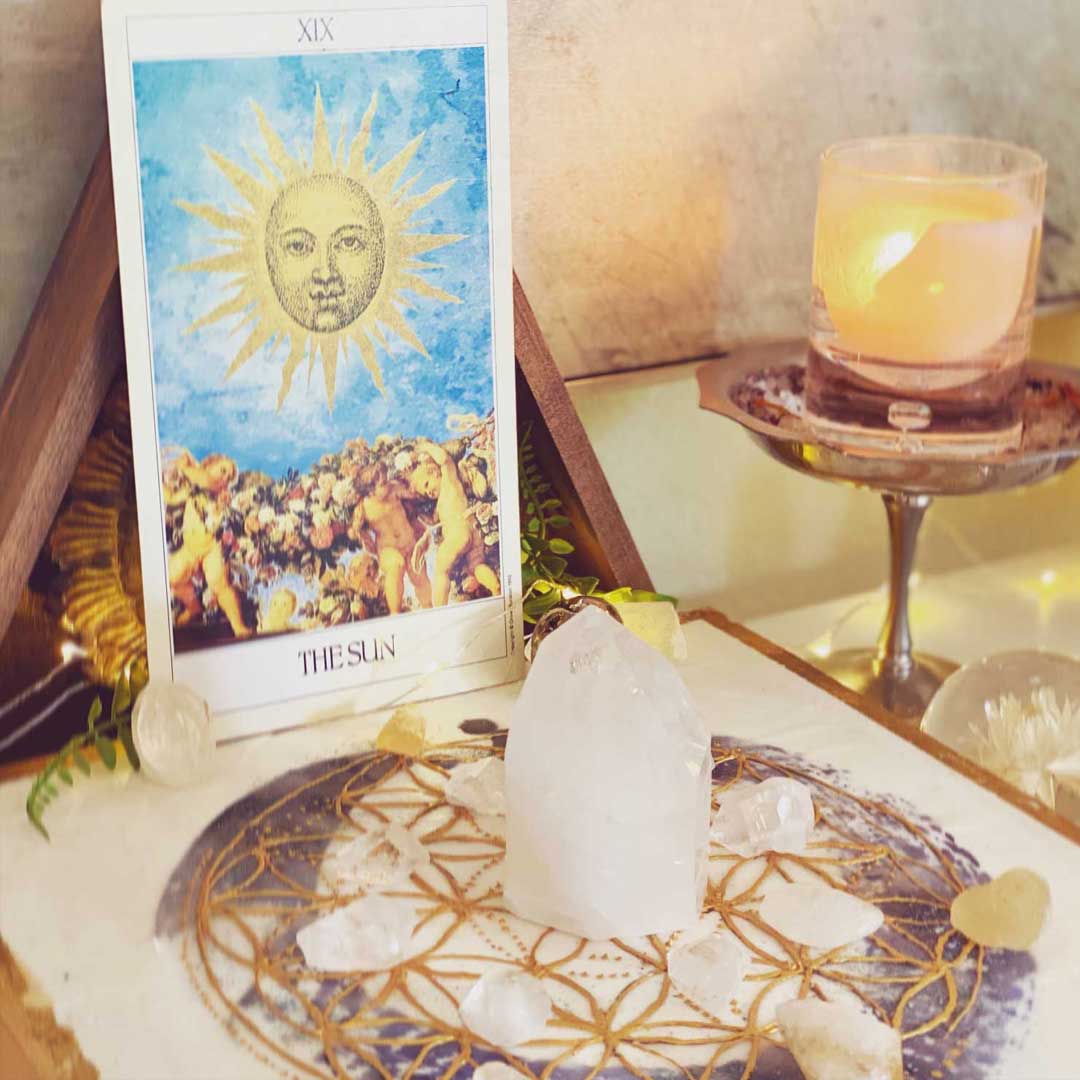
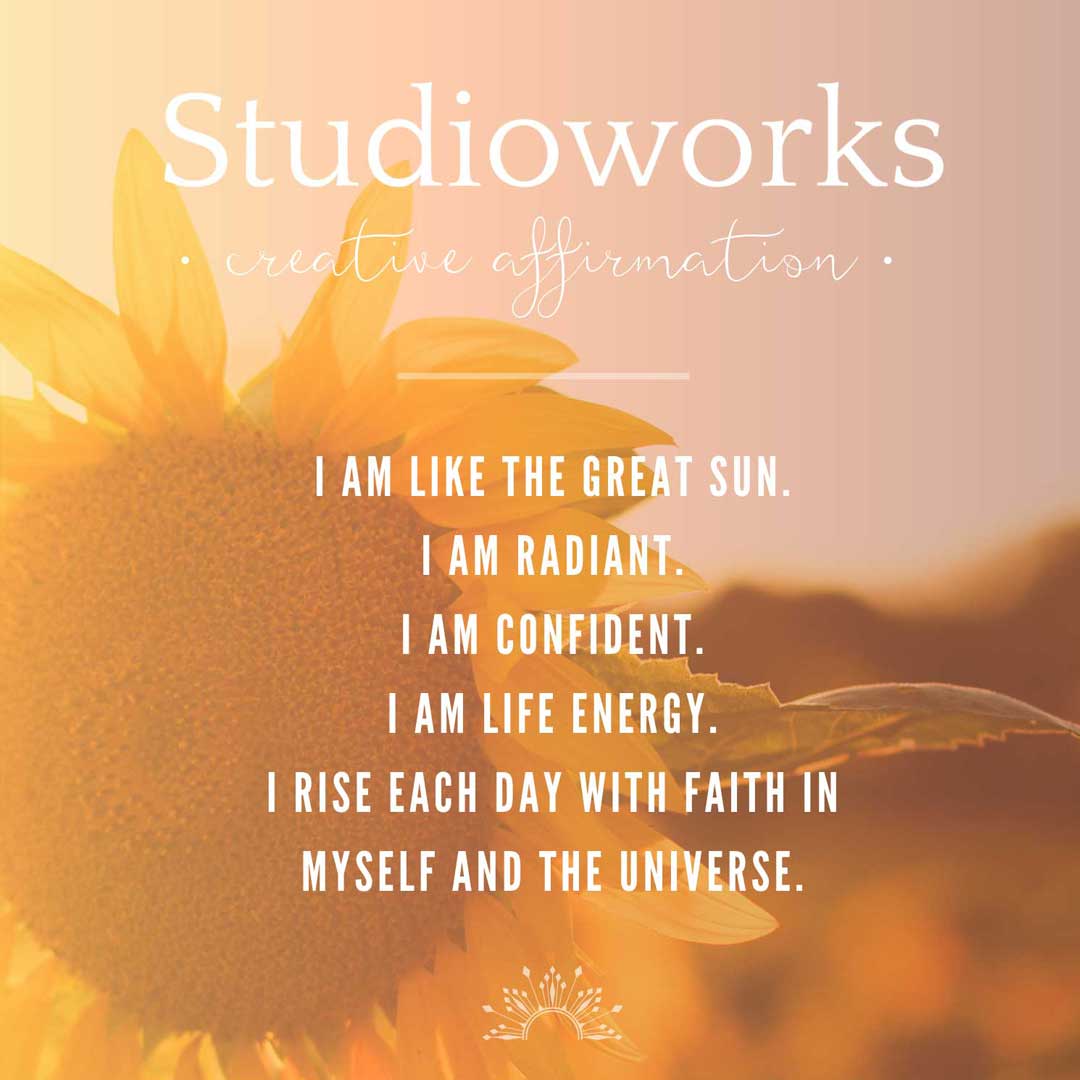

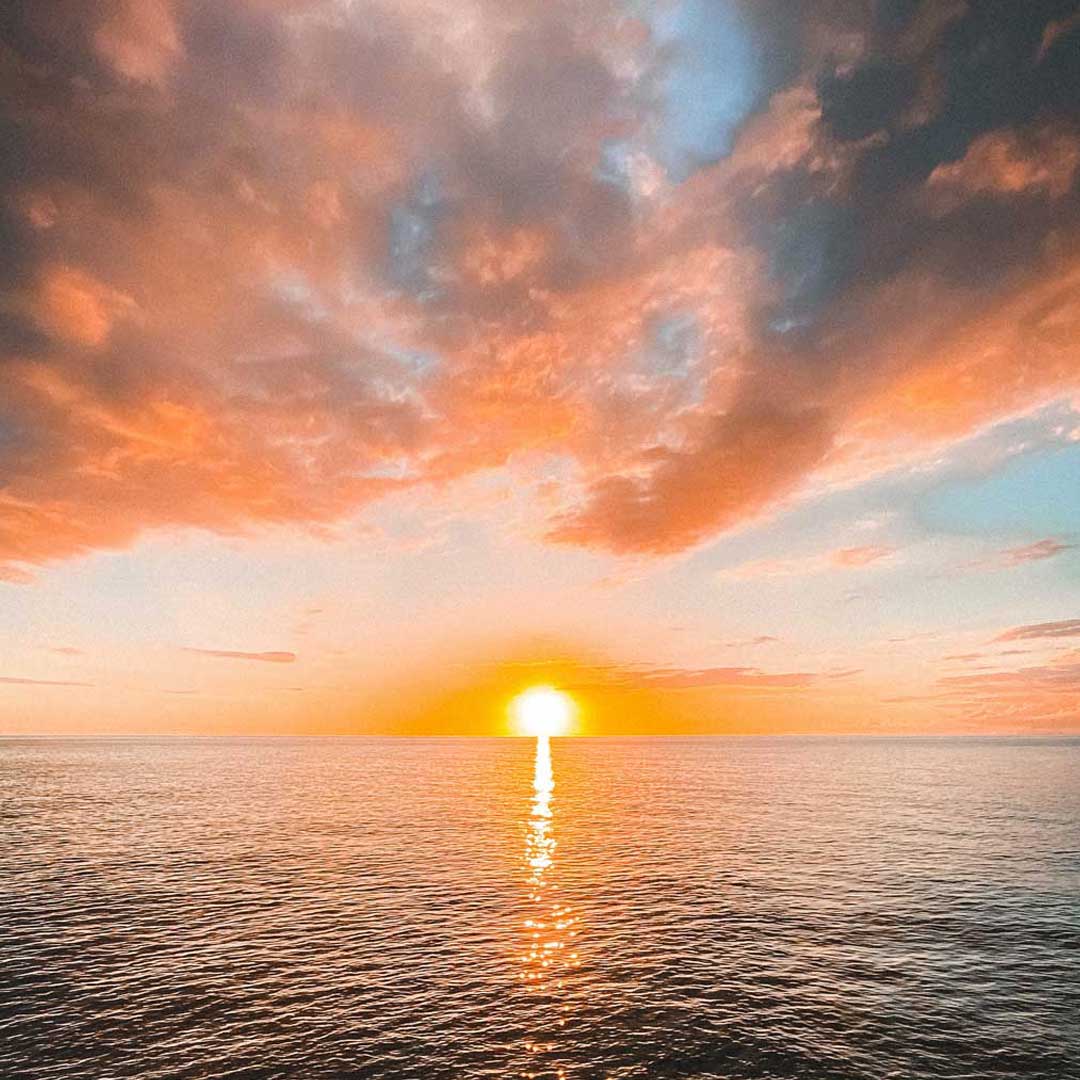
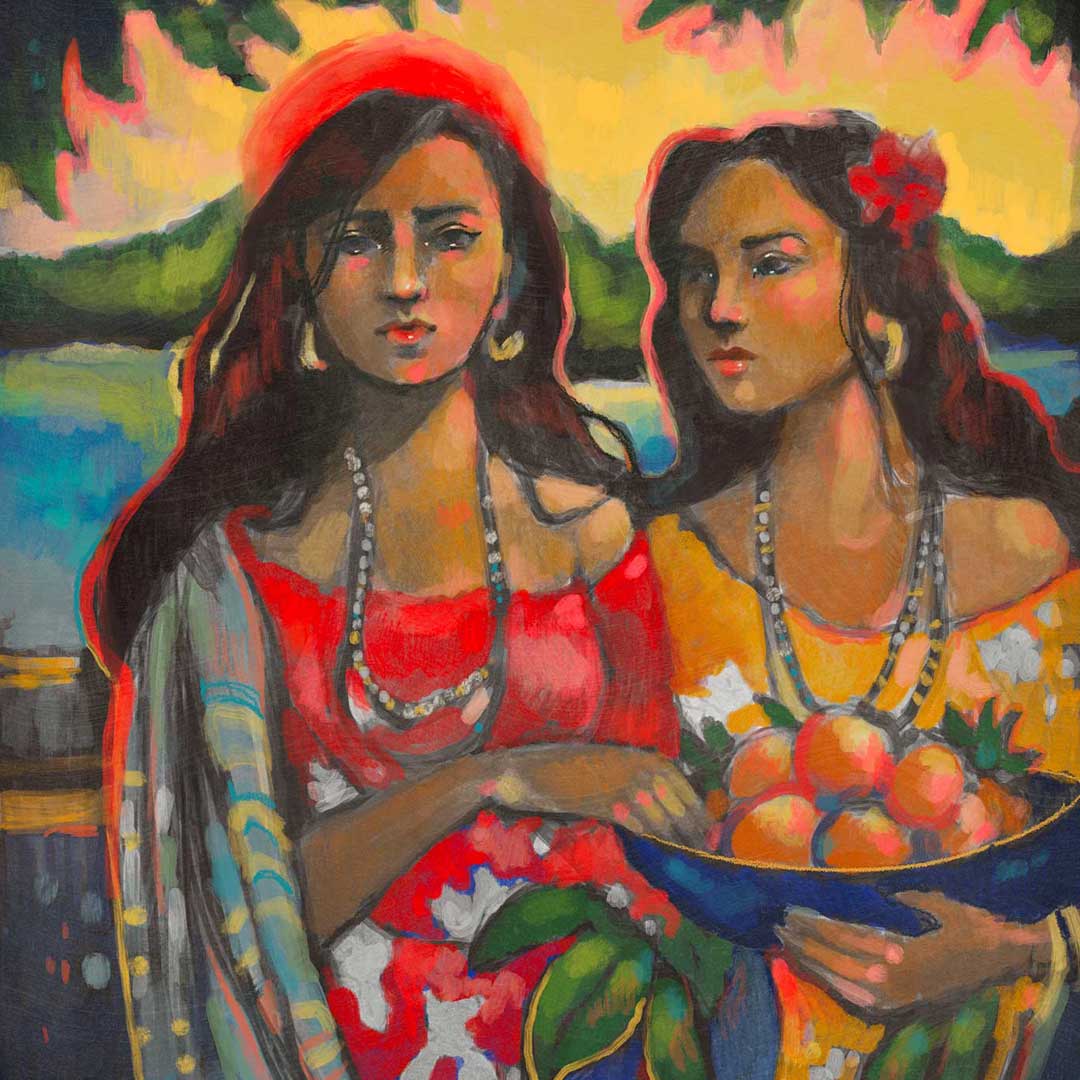
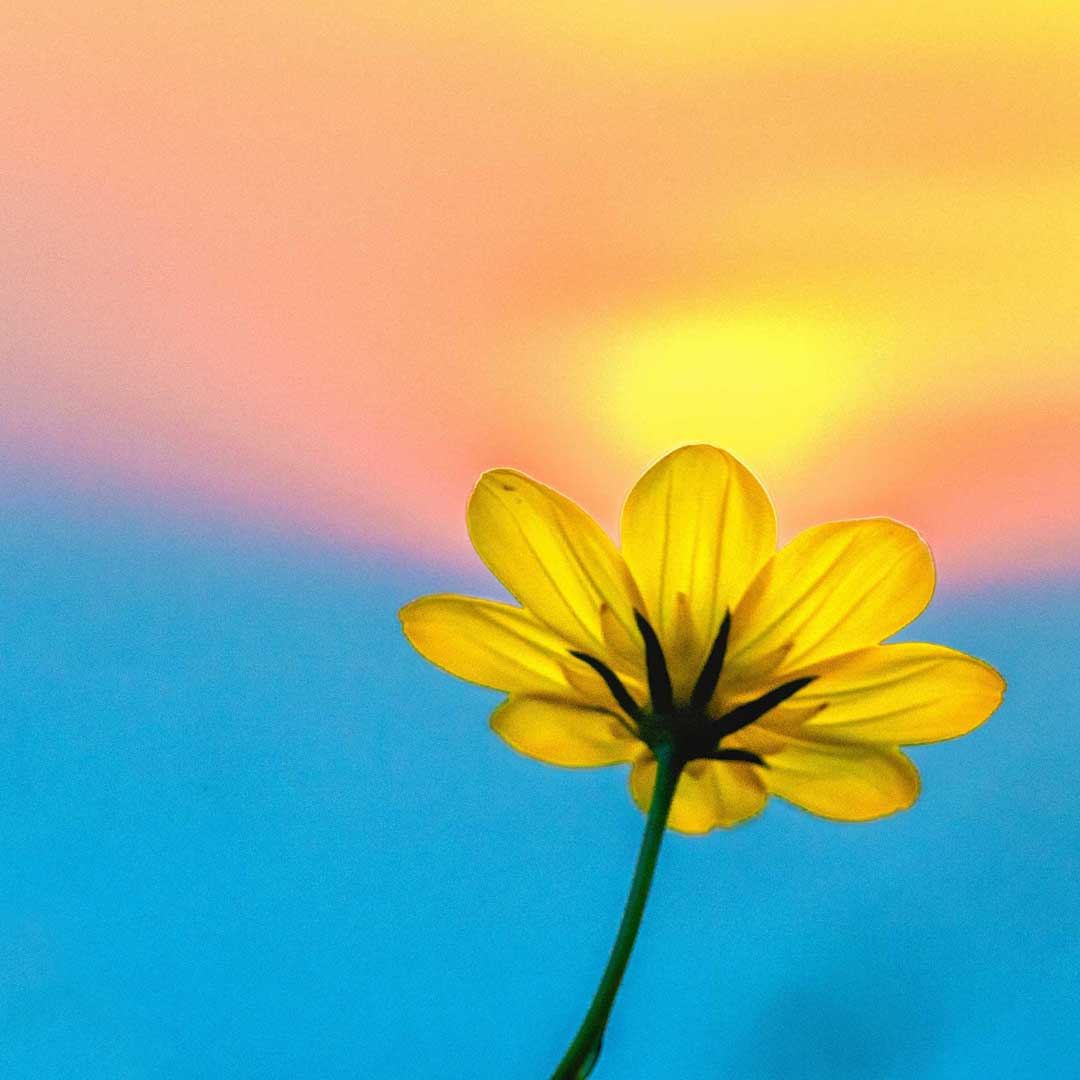
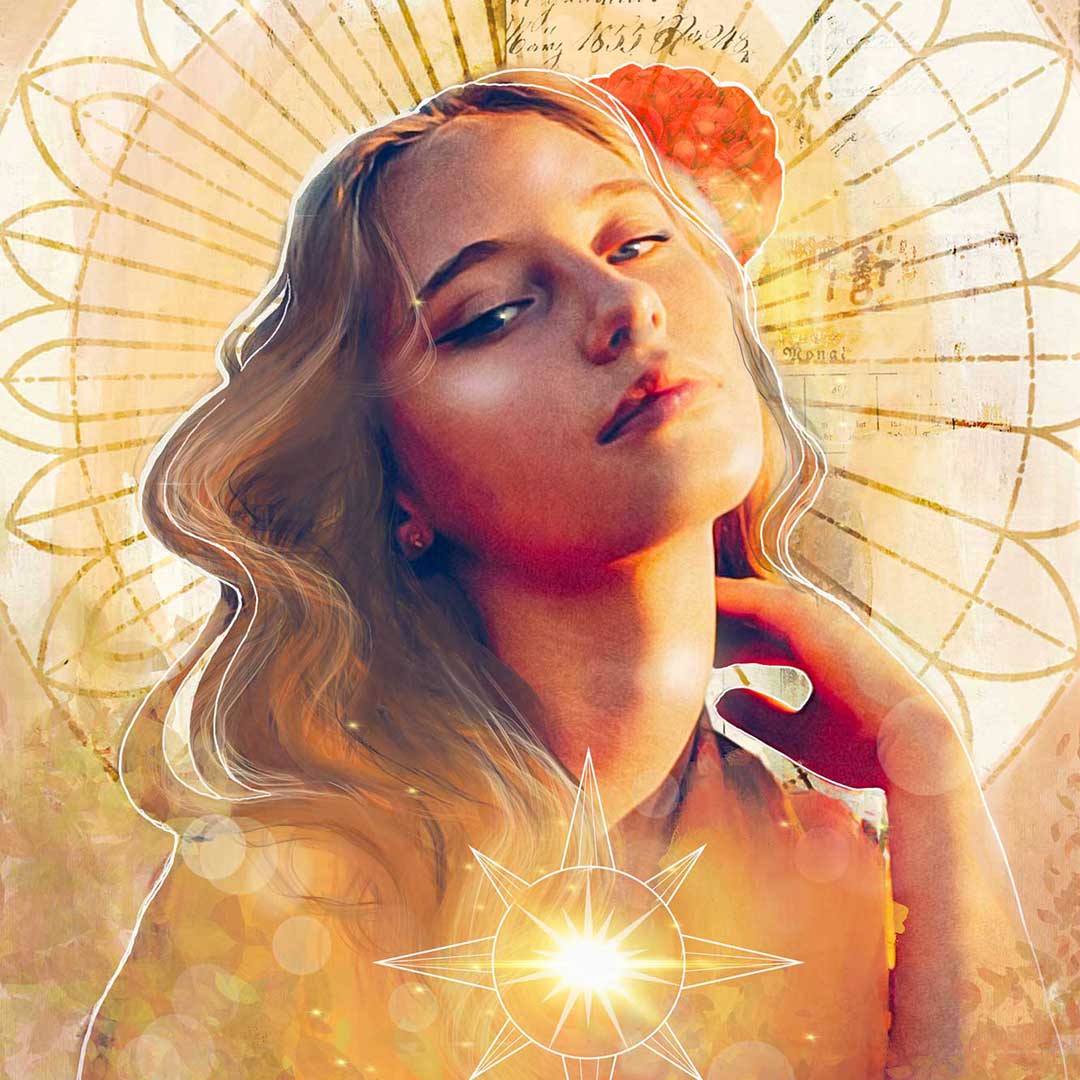
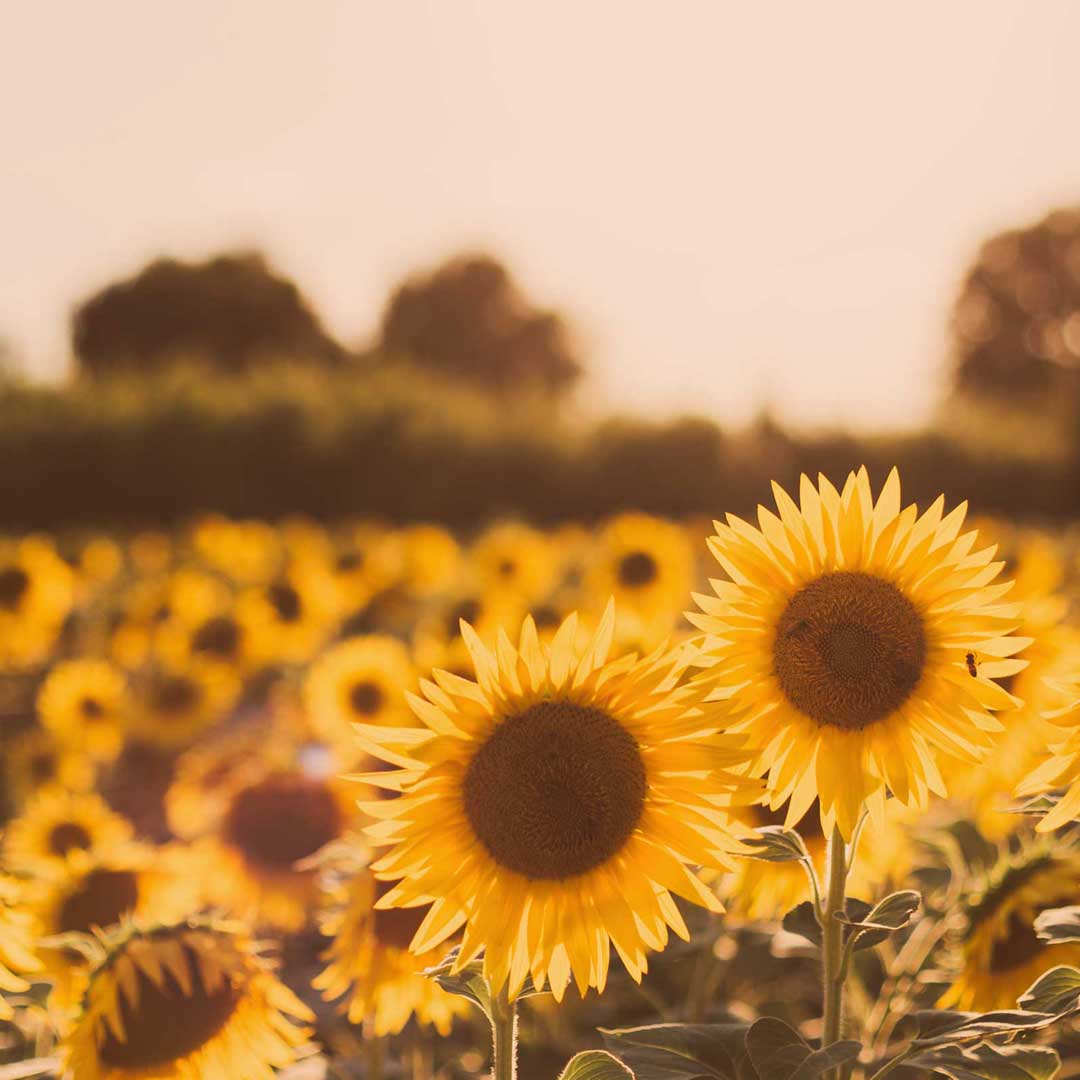
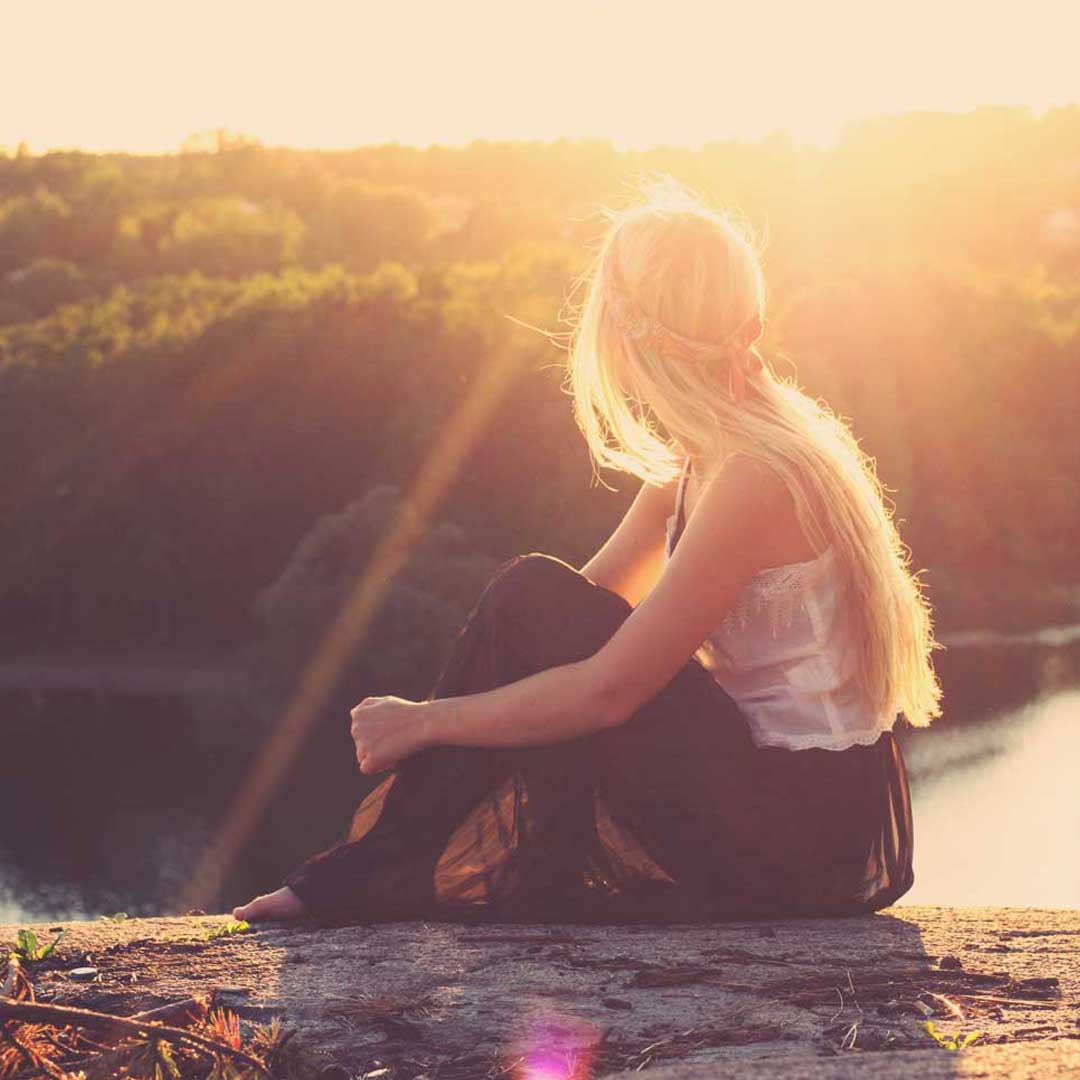
MONTHLY THEME
Sun Worship
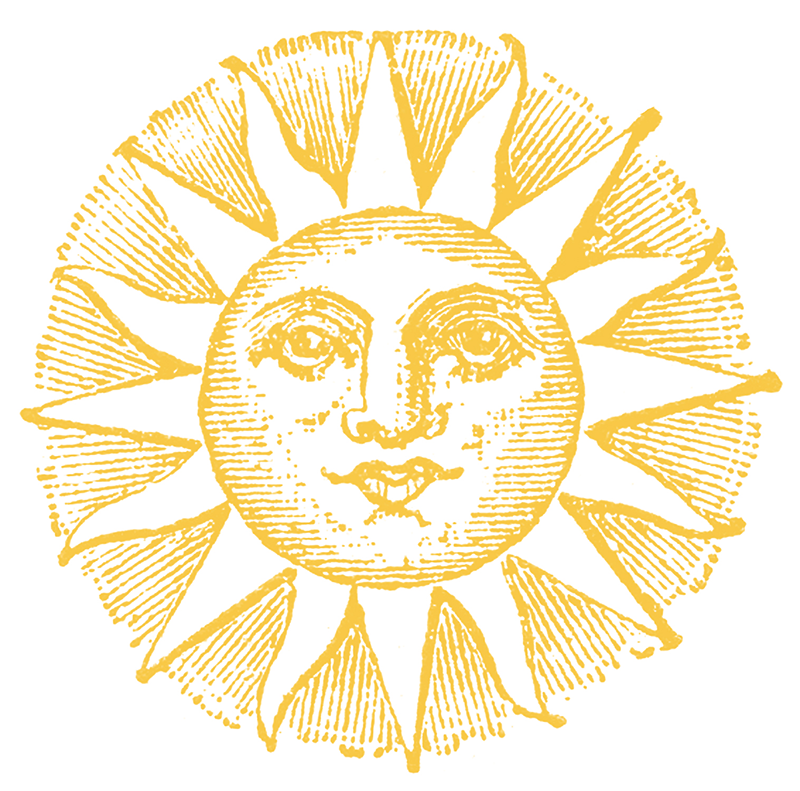
The Sun has been worshiped, revered and adored for thousands of years. In fact, the oldest evidence of indigious deity worship is related to the Sun. This brilliant beacon in our sky, the magnificent star center of our galaxy, this burning, molten giver of life – it’s no surprise the Sun has been central to humankind’s wonder and awe.
“Among all the nations of antiquity, altars, mounds and temples were dedicated to the worship of the orb of day.”
– Manly P. Hall – “The Secret Teachings of All Ages”
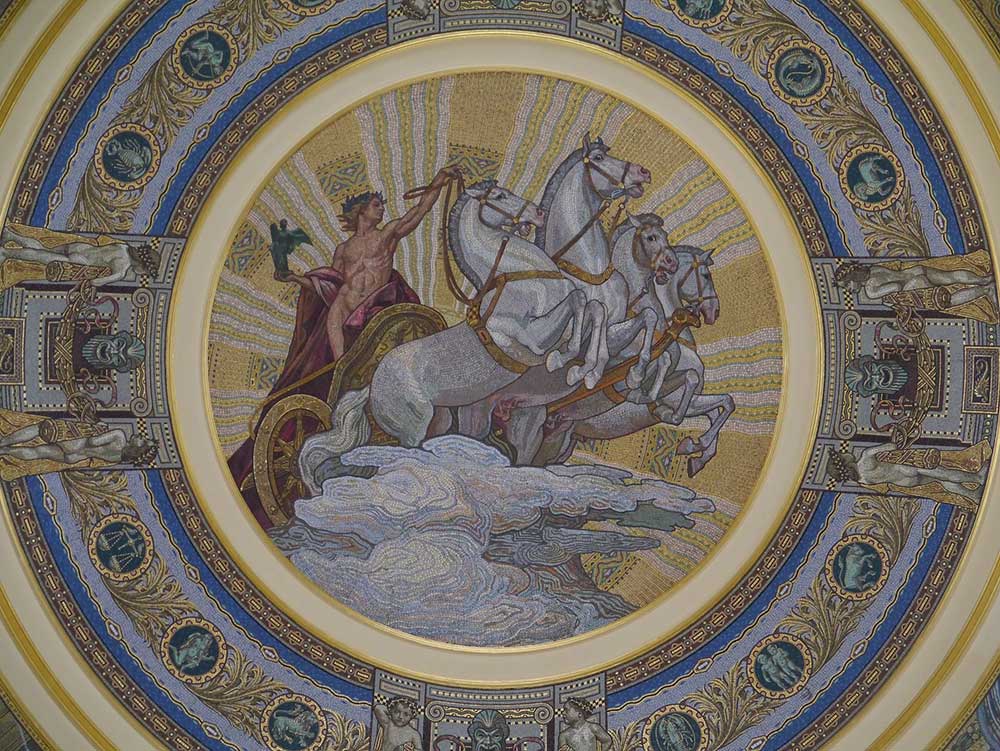
Helios and chariot depicted on the dome of the entrance hall of the Széchenyi Bath, Budapest
Known by different names, the Sun God was revered as the giver of life and was recognized as absolutely vital to sustenance. Surya to the Hindus, Mithra to the Persians, Ra to the Egyptians and Helios to the Greeks, the list goes on and on.
All across the globe and our history the Sun reigns supreme in our cosmos and evidence of this is seen not only in ruins and ancient structures but also in artworks. Of course, we know that one group of artists were especially fond of worshiping the sunlight – the Impressionists. Let’s look at just a few stunning and significant artworks from this period in art history that pay homage to our dear Sun.
Wheat Field with Rising Sun is an oil on canvas painting that was completed in 1890. Van Gogh spent an entire year observing the changing seasons and noticing how wheat flowered in the spring. The rising sun is visible in the background, rising sublimely over the hills that lay beyond. Rippling with color and light, the painting almost vibrates with sun energy. Depictions of the sun rising often invokes feelings of serenity and hope – symbolizing a new beginning or triumph over the darkness.
“How lovely yellow is – it stands for the Sun!”
– Vincent van Gogh
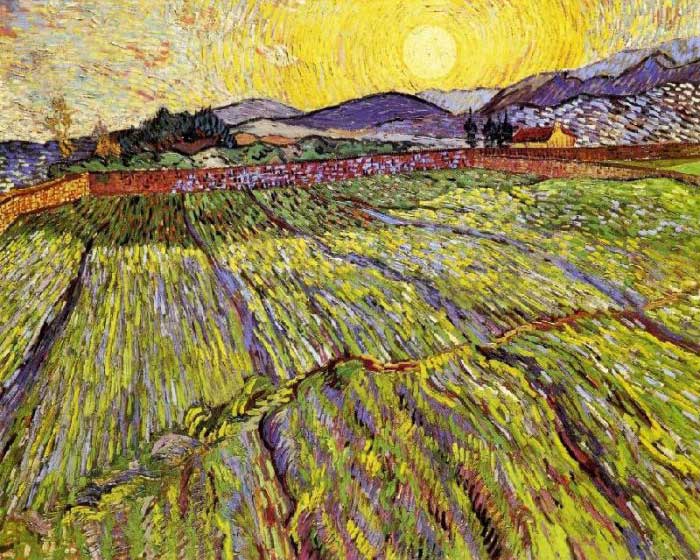
Wheat Field with Rising Sun – Vincent van Gogh – 1890
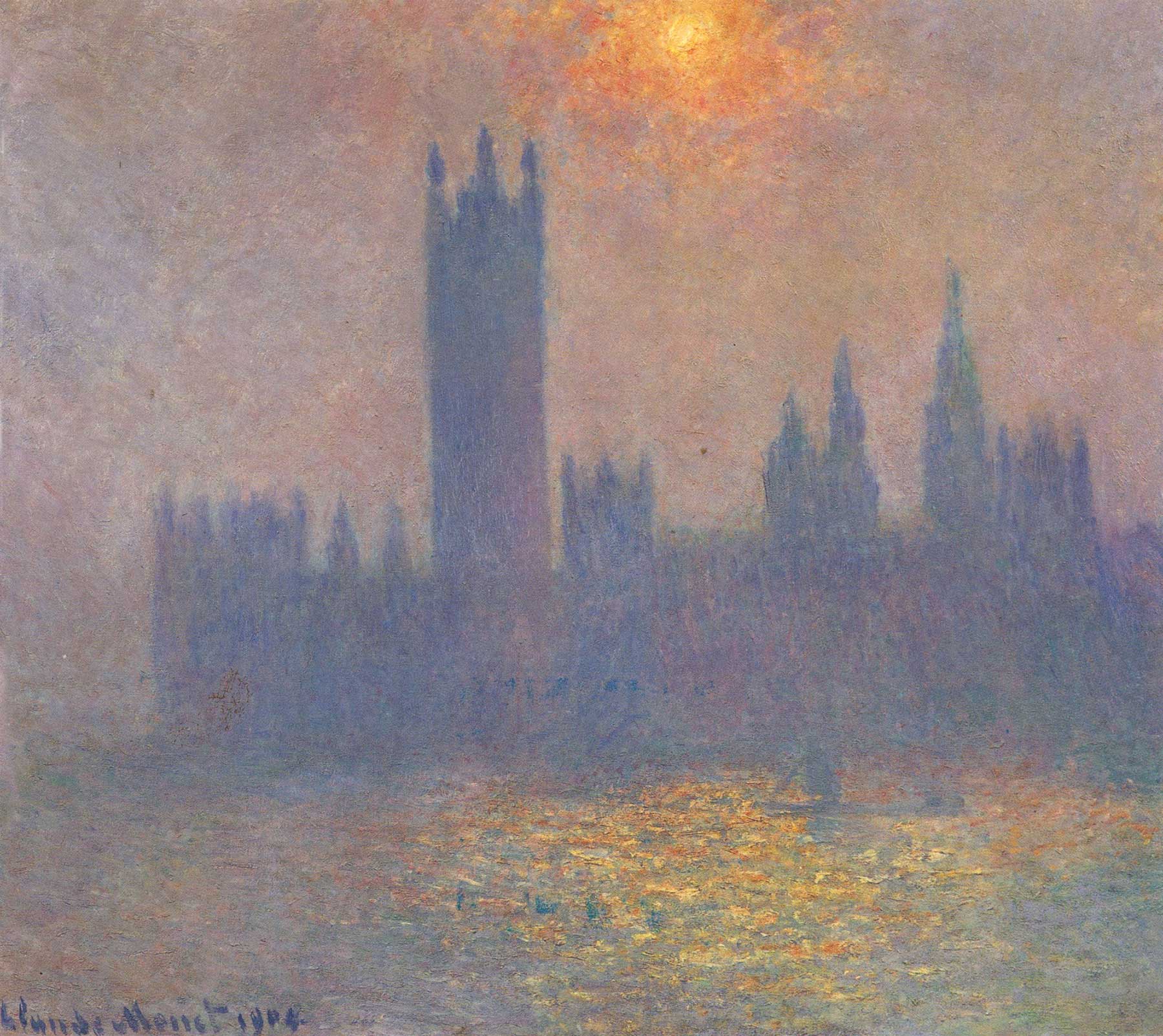
Houses of Parliament – Claude Monet – 1904
For a time during the early 20th century, Monet focused on painting scenes of famous landmarks in London, England. Many of these works featured London’s Houses of Parliament which were situated along the Thames River.
His painting titled The Houses of Parliament, Sunset was created in 1904 and captures the thick fog that London was well-known for. The glowing orange light of the sun is still evident despite the fog and sparkles in gold on the water. In contrast, the blue purple of the buildings create a mesmerizing effect.
Monet was known for painting the same scene repeatedly but at different times of the day or varying weather conditions in an attempt to truly capture how light and color shift. His House of Parliament series is considered to be a masterful depiction of the many different ways the sun can illuminate the famous landmark.
“I wear myself out and struggle with the sun. And what a sun here! It would be necessary to paint here with gold and gemstones. It is wonderful.”
– Claude Monet
Although considered a Post-Impressionist and expressionist we can’t overlook Edvard Munch’s Sun mural. The Sun is perhaps the greatest achievement of modern mural painting. Symmetrically structured, it occupied the enormous front space of Oslo University. The painting pictures the sun as it spreads out large rays of light in every direction to illuminate the entirety of the landscape.
The painting is more colorful when compared to his previous work, which had a more morbid, melancholic theme. This can be attributed to the fact that it was painted in the year 1909, after Munch has come back from hospital, battling acute anxiety and excessive drinking. Perhaps his depiction of the glorious sun also can be related to his own rebirth and salvation from mental illness.
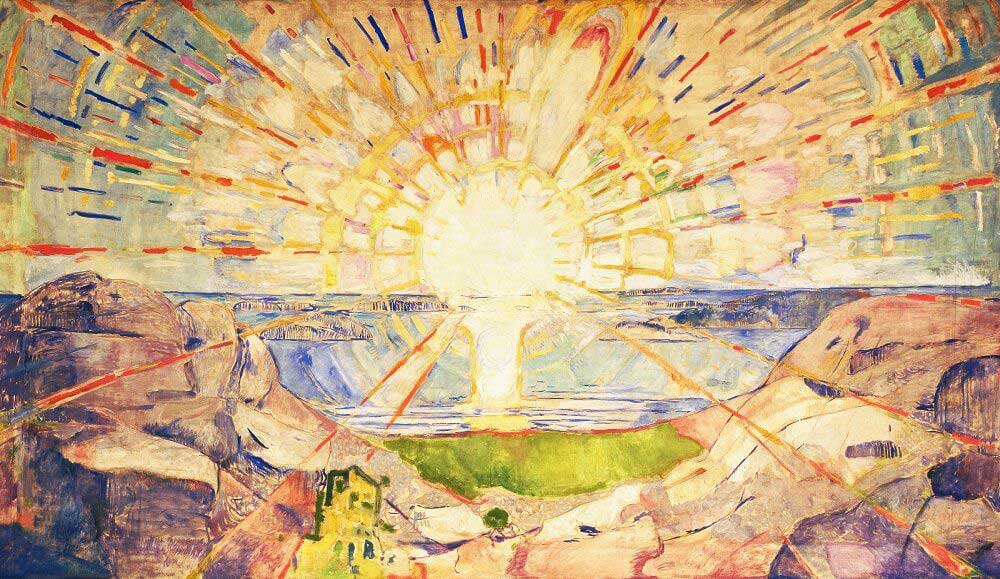
The Sun – Edvard Munch – 1909
These artists and thousands of others were inspired by the Sun. I don’t know an artist alive who doesn’t marvel at the quality of sunlight and how it constantly changes our landscapes and inner spaces.
To gaze at more sun worship artworks and historical and cultural imagery you can visit the Pinterest board I created for you…
Sun Worship
Tapping into Sun Energy
We know that the sun is our source of energy and life but we can often take that for granted or feel very separate from this ball of fire in the sky, millions of miles away from us. In actuality, we are so very connected to the Sun. Our bodies are regulated by sunlight and our brains produce more serotonin (the feel good hormone) when we are exposed to the sun’s rays. These effects of the sun are one aspect of our physical connection but we are aligned to the sun’s energy in our energetic, emotional and spiritual bodies too. Spiritually, the sun is symbolic of vitality, confidence, power, happiness, joy, divine masculine energy and of course creativity!
So how, we tap into solar energy and honor this powerful star?
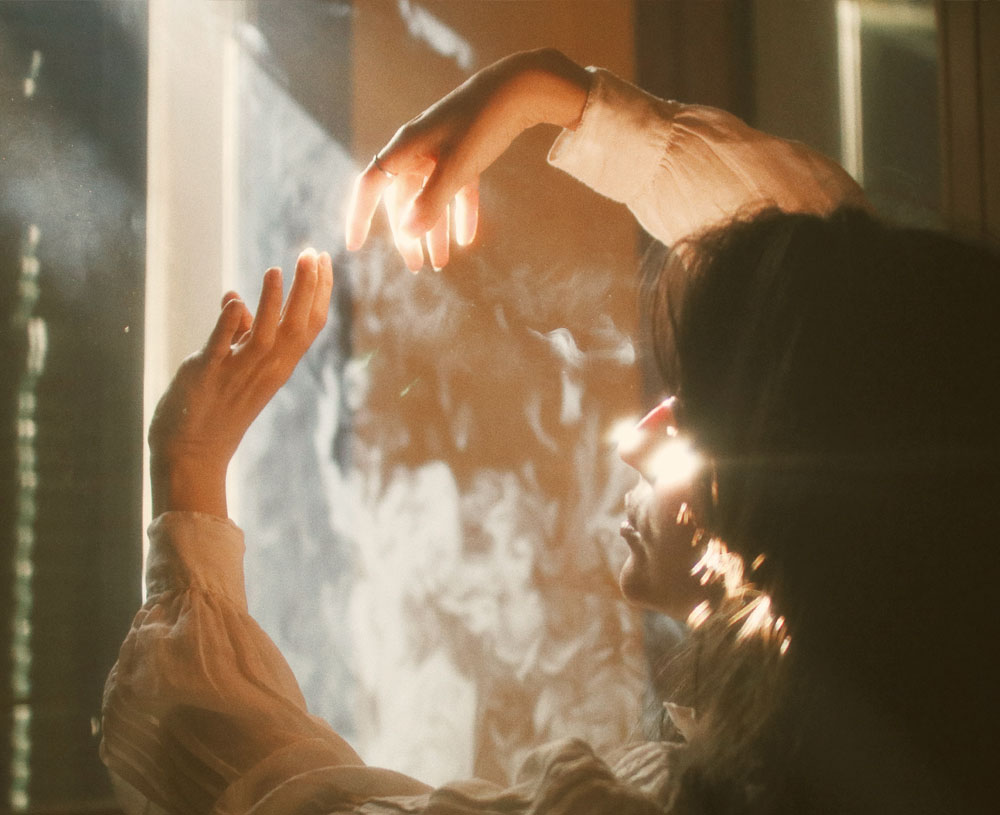
Say hello to your Solar Plexus.
While we already discussed some of the physical bodies’ response to sunlight, let’s talk about the energetic body – your chakras. Did you ever happen to notice that your third chakra is also called the SOLAR plexus? Not a coincidence! The solar plexus or Manipura, is the sun center of your energy body. It spins in the area around the abdomen above the belly button up to the breastbone. Meaning “lustrous gem” in Sanskrit, the Manipura chakra provides a source of personal power and relates to self-esteem, warrior energy, and the power of transformation. This is literally your inner sun! So how do you connect with this energy point within your body? You can do this with meditation, self-reflection/journaling, exercise such as yoga with a focus on this chakra, affirmations and self-care.
The Solar Plexus Chakra at a Glance
Name in Sanskrit: Manipura – meaning lustrous gem
Location: In the abdomen above the belly button up to the breastbone
Color: Yellow
Element: Fire
Signs of balance: Confident, motivated, purposeful, reliable, responsible
Signs of imbalance: Aggression, overly dominating toward others, low self-esteem
Honor the Sun in your creative space and home
We can enhance our connection to the Divine Sun by honoring the Sun in our home.
Add some sun aligned crystals to your altar or creative space (see Denise Stargazer’s video this month for more on this), pop them in a sunny window to fully appreciate their radiant beauty. Bring flowers and plants into your home. Plants and flowers are a direct gift from Father Sun and Mother Earth! Adding natural elements like this will fill your space with beauty and high vibrations. Hang sun catchers in your windows. You can even create your own! I’m a big fan and love seeing a scattering of sun gifted rainbows on my walls. This always brings a smile to my face.
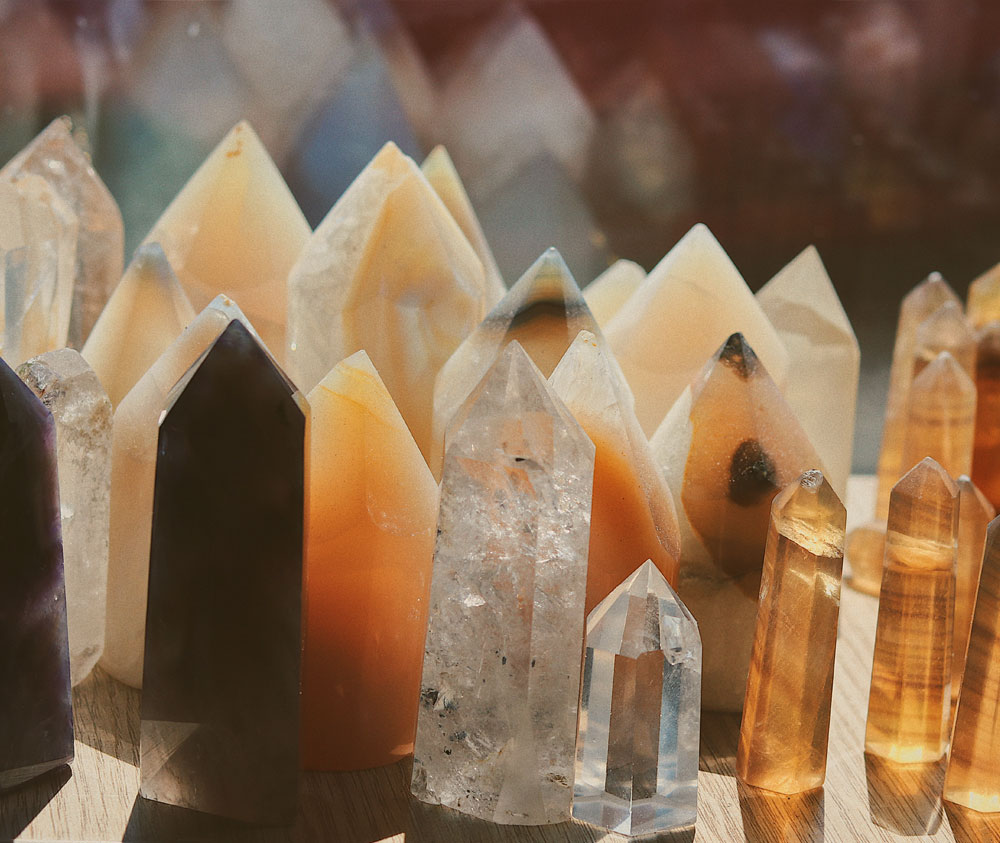
Embrace your Yang Energy
The Sun’s energy is always available to us, whether it’s rainy or a clear blue day. We carry sun energy within us in the form of Chi energy or life energy. The Sun is associated with Yang energy or masculine energy. This is the partner to Yin or feminine energy, represented in the Moon. This Yang aspect of self is the one that moves forward, gets stuff done, begins projects, strikes up conversations with people and makes decisions. This energy is very fast moving and energetic, it is primal and intense. Yang is active energy. Yin is passive energy. Balancing the two gives us balanced Chi Energy or balanced Life Force. So check in with your divine masculine, yang, sun energy – are you taking action? Are you exercising your body? Are you creating movement in your life?
Create with the Sun
Get outside and do some plein air creating which is a fancy French way of saying outdoor painting. Find a sweet spot in the shade (we don’t want to get too much sun) and capture the beauty in front of you. This could be a flower in your garden or a landscape near your home. Watch the light shift and change as the time passes. Observe what it does to the shadows and colors. Alternatively, create a painting, collage or other creation dedicated to the Sun.
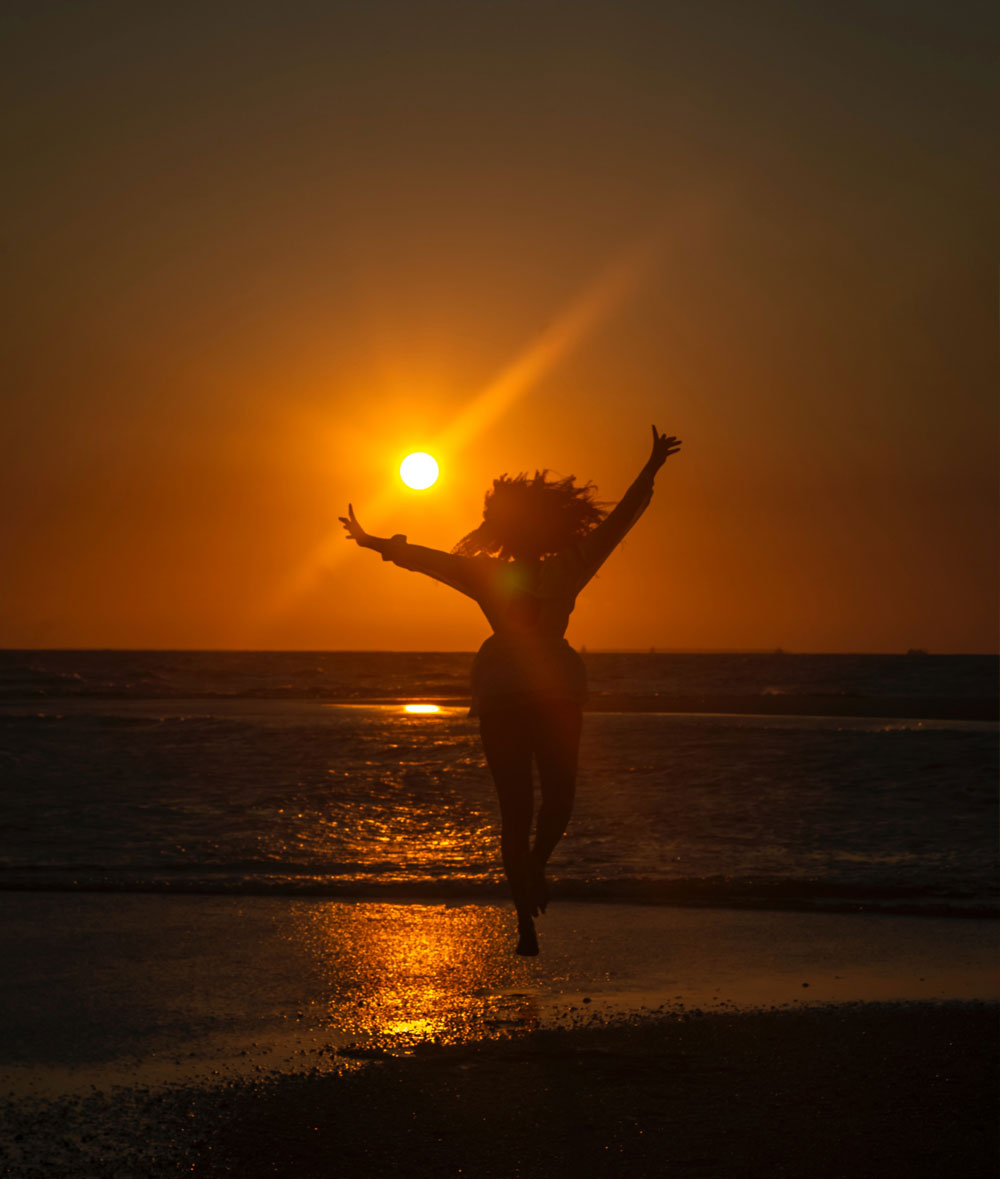
Move your body
Remember Sun energy is Yang energy which is active. So go for a walk in the sunshine or rise early in the morning and do some sunrise yoga. Dance around your studio! Vitality is key to harnessing sun energy so try and move in ways that make your body feel good.
Remember, you are NOT separate from Nature. You ARE Nature so therefore, the Sun is a part of you – embrace this and shine your light bright!
“The Sun does not shine for a few trees and flowers, but for the wide world’s joy.”
– Henry Ward Beecher
Tapping into Sun Energy
Journal Prompt & Card Spread
Let’s explore our connection to our solar center and chi energy (life force) a little more by doing a little journaling and/or a tarot or oracle spread.
I’ve chosen 3 cards for this spread paired with 3 invitational questions to go within…
- Where do I feel most powerful and radiant in my creative life?
- What blocks me from my power and energy?
- What changes can I make to better balance my energy (chi) flow?
Please feel free to print out this journal prompt & card spread and put it somewhere in your sketchbook or journal.
The Goddess Sol
As many of you know, I adore mythology and I often find inspiration in cultural stories about various gods and goddesses. So since we are exploring the power of the Sun this month, I thought it might be interesting to learn more about the Norse goddess of the Sun – Sol.
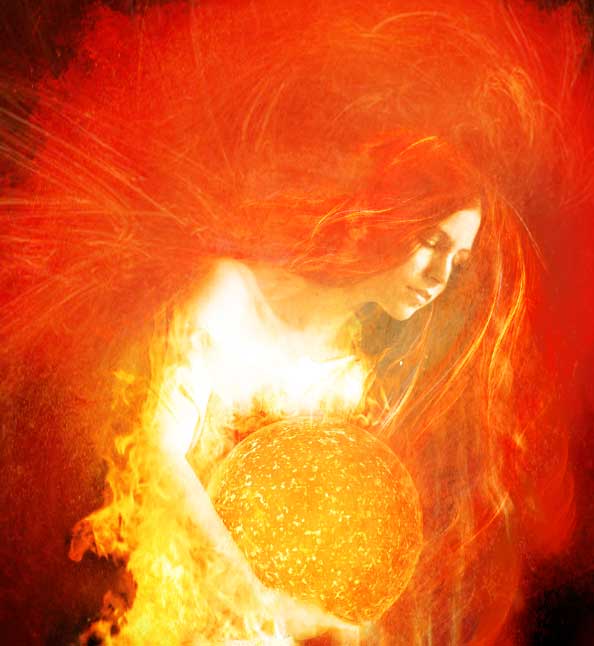
Who Is Sol?
According to Norse mythology, in the beginning of time, when the cosmos were being created, so too was the goddess Sol. She was brought into the universe along with her brother, Mani. Initially, the role of the siblings wasn’t clear, but after they created daytime and night, and also the phases of the moon, Sol and her brother were assigned their destiny. At a meeting of the existing gods, Sol was anointed the goddess of the sun, and Mani god of the moon.
The story goes that sparks were gathered by the gods from the Land of Fire, and the sun, moon and stars were created. Sol was to ride in the sky in a chariot drawn by her horses named Arvak, which translates to early riser, and Allsvinn, meaning swift.
During Ragnarok, the “twilight of the gods”, which in Norse mythology is the end of the world, Sol is finally swallowed by the wolf Skoll along with the sun, and the Earth submerges into the waters. Ragnarok is a major event in the legends of the Norse. A huge battle occurs, along with a series of natural disasters that consume the world. Only two humans and a few gods survive. Subsequently, a new world rises that is rejuvenated and fertile. The reborn gods meet once again, and Sunna, the daughter of Sol, now even outshines her.
Modern Influence
Unlike in the mythology of other cultures, the goddess of the sun was not a major focus of the Norse people. The oldest known documents about the Germanic pagan religion are called the Merseburg Incantations. Written in Old High German, are two medieval spells or incantations. They are stored in the cathedral of Merseburg, Germany, hence their name. The incantations reveal that Sol was honored as a deity of protection and victory, in addition to as the goddess of the sun. She was also a healer. Despite being somewhat of a lesser goddess of legends, Sunday (Sunnudagr) originated as the specific day in her honor.
It is said that in Norway, the Land of the Midnight Sun, where the sun stays high in the sky for 10 weeks, Sol is emphasizing her power.
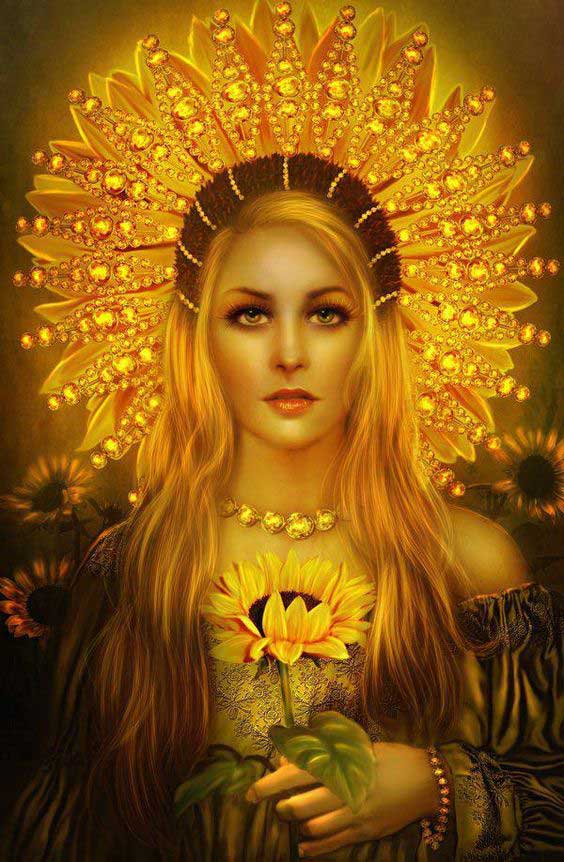
Symbols of Sol
Animals – Horses
Objects – the Sun, chariot and golden discs
Crystals – Clear quartz, citrine, sunstone, carnelian
Colors – Gold, white, orange, yellow
Tarot card associated with – The Sun
The Goddess Sol
Sun powered Artist PROMPT
- Take a minute (outside in nature if you can) to create your own symbols for the Sun. Create them in your art journal and just have fun doodling while focusing on the beauty of our dear Sun.
Born Again in Radiance
by Danna Faulds
I love this poem by Danna Faulds because it truly expresses the sweet hope and beauty of a new dawn and the rising sun! A reminder of our brilliance and divine ability to be renewed each day. Enjoy…
Who can resist the first,
optimistic moment of dawn –
the dazzling sliver of light,
sun rising, rounding, making
the profound shift from
promise to presence.
Every possibility contained
in a single instant; light
linking us to vastness,
light reaching back to the
formation of stars, light that
will not let us forget that
we are daily born again in radiance
Check out some of Danna’s books below…
Born Again in Radiance
WORD OF THE MONTH
Illumination
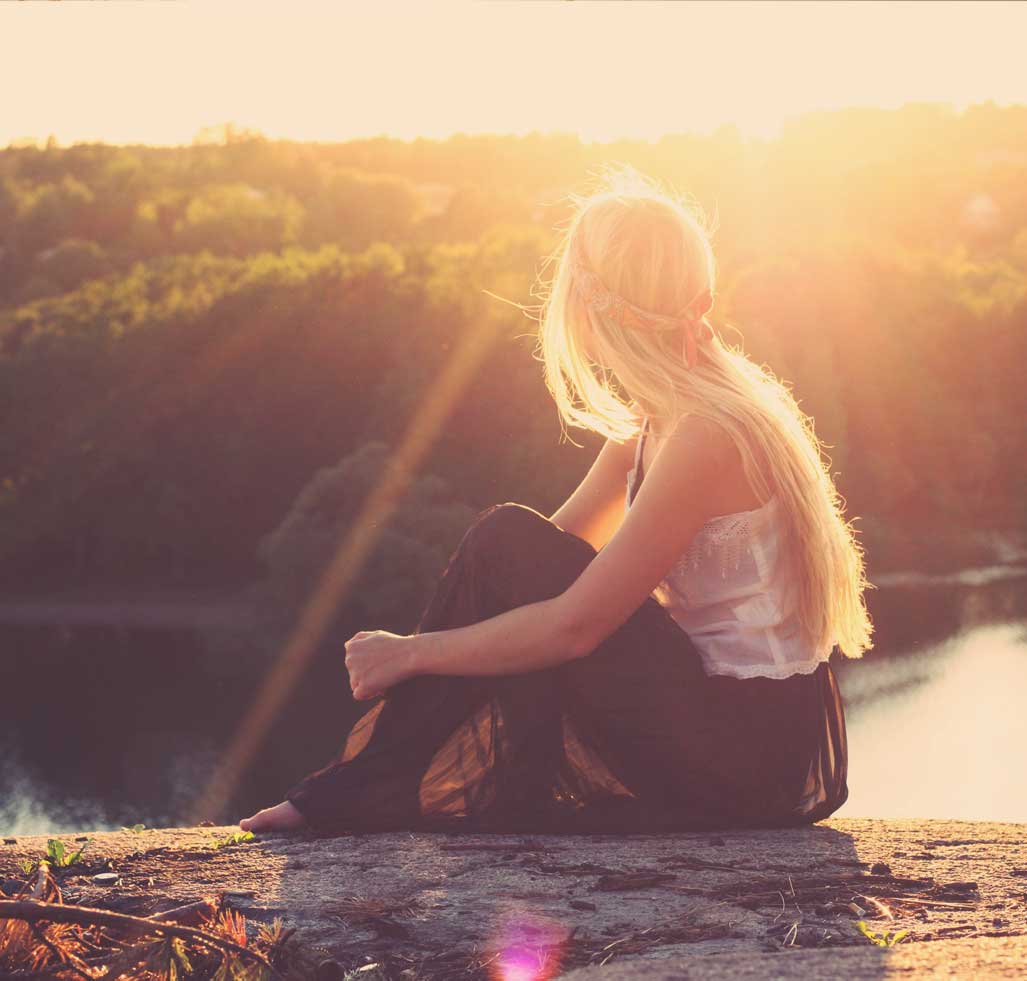
Illumination:
The action of illuminating or state of being illuminated: such as spiritual or intellectual enlightenment.
The Sun brings up so many words doesn’t it? Power, confidence, joy, radiance but I kept on being brought back to the word illumination. Which of course is exactly what our dear Sun does. We can remember that the Sun’s intent is to shine light on each and every thing and bring warmth and life to all. We can remember to shine that same light into our creative lives. Let the Sun energy illuminate your artist’s path. Let it guide you and nourish you.
Let it sustain you when dark shadows emerge, when we doubt or falter, or wonder if we are good enough. Let the Sun remind you that you are always worthy of light and that your own radiance shines ever present even when you don’t necessarily feel it! If there is any vocation or calling that demands that you witness light, it is that of the Artist. Keep letting the Sun’s light illuminate all that lays before you. Hold your head up high and like the Sun, rise each day.

